In another article, I described Lake Annecy and its treasures. Now it's time to explore the neighbouring Franco-Swiss lake, which is much more significant: Lake Geneva. After compellingly describing the lake, I will list 10 sites to discover, towns, villages and castles.
About Lake Geneva
Don't you know Lake Geneva? It is a lake shared by Switzerland and France, the largest in Western Europe. You may well know it as Lac de Genève if you are from Geneva and Lac Léman (or simply Léman) if you are from Lausanne or France.
What makes the lake special is its picturesque location: Lake Geneva is surrounded by mountains, notably the Swiss and French Alps and the Jura, providing a spectacular landscape.
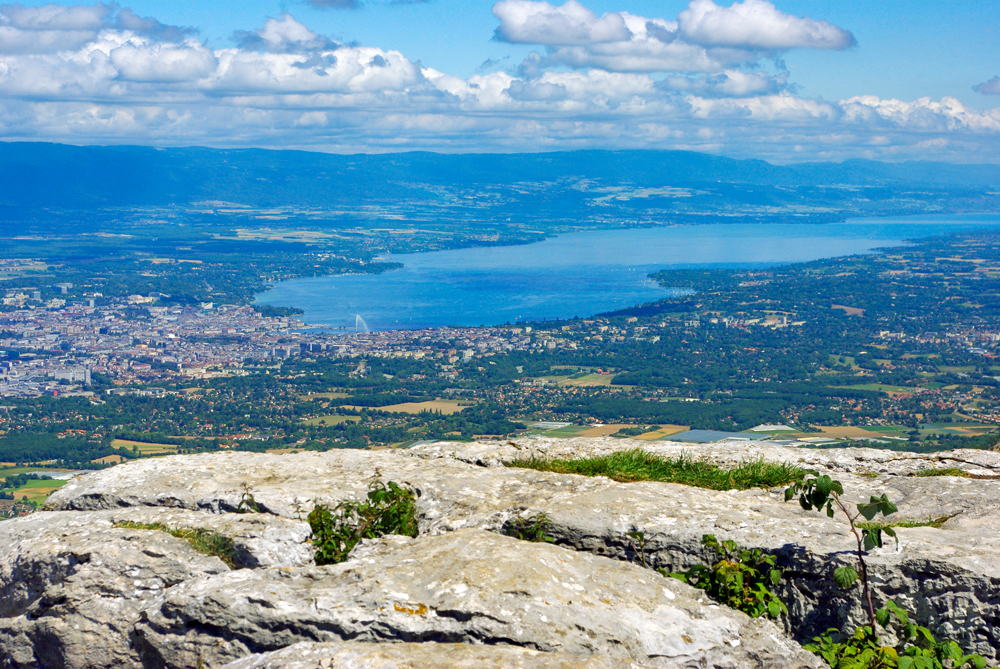
View of Lake Geneva and Geneva from Mount Salève © French Moments
Lake Geneva is fed by the Rhone River, which flows down from the Rhone Glacier at an altitude of 2,209 metres.
The shores of the lake are home to many picturesque towns and villages, such as Geneva, Lausanne, Montreux, Evian and Yvoire, which attract large numbers of tourists every year.
The different names of the lake
The lake between France and Switzerland has been called in different ways throughout history, depending on the times and languages used in the region. Here is a detailed explanation of the most commonly used names for the lake:
Le Léman
The name is derived from the Celtic "Lem an", which means "lake". It is the most common name for the lake in Switzerland and France. It is also used in literature, poetry, music, and culture.
![Lake Geneva © Copernicus Sentinel-2, ESA - licence [CC BY-SA 3.0 igo] from Wikimedia Commons Lake Geneva © Copernicus Sentinel-2, ESA - licence [CC BY-SA 3.0 igo] from Wikimedia Commons](https://frenchmoments.eu/wp-content/uploads/2023/04/Lake-Geneva-©-Copernicus-Sentinel-2-ESA-licence-CC-BY-SA-3.0-igo-from-Wikimedia-Commons.jpg)
Lake Geneva © Copernicus Sentinel-2, ESA - licence [CC BY-SA 3.0 igo] from Wikimedia Commons
Lac de Genève
The name "Lac de Genève" is mainly used in France, as the city of Geneva is located on the southwestern shore of the lake. The name has been used since the Middle Ages and was formalised in the 18th century by the French authorities. It is still used today in official documents and on French maps.
Lac de Lausanne
The name "Lac de Lausanne" is sometimes used to refer to the lake, as the city of Lausanne is also located on the lake's northern shore. However, this designation is rarely used, as Lausanne is not considered the central city around the lake, unlike Geneva.
![Rochers de Naye © Frank H - licence [CC BY-SA 3.0] from Wikimedia Commons Rochers de Naye © Frank H - licence [CC BY-SA 3.0] from Wikimedia Commons](https://frenchmoments.eu/wp-content/uploads/2023/04/Rochers-de-Naye-©-Frank-H-licence-CC-BY-SA-3.0-from-Wikimedia-Commons.jpg)
A view of Lake Geneva from the Rochers de Naye © Frank H - licence [CC BY-SA 3.0] from Wikimedia Commons
Lac Léman or le Léman?
It is common to hear the two expressions "le Léman" and "lac Léman" to refer to the lake located between France and Switzerland. However, there is a subtle difference between the two terms.
"Le Léman" is a colloquial expression used to refer to the lake. It is a phrase that locals often use to express an emotional attachment or sense of place.
On the other hand, "Lake Geneva" is a more formal expression often used in official documents, geography or history books, or the media. This expression emphasises the lake's geographical or historical aspect rather than the locals' emotional attachment.

The lake and Mont Blanc from the Jura © French Moments
Beware of tautology!
Interestingly, this difference between the two expressions is a form of tautology, i.e. the repeated use of the same concept or idea through several words or expressions.
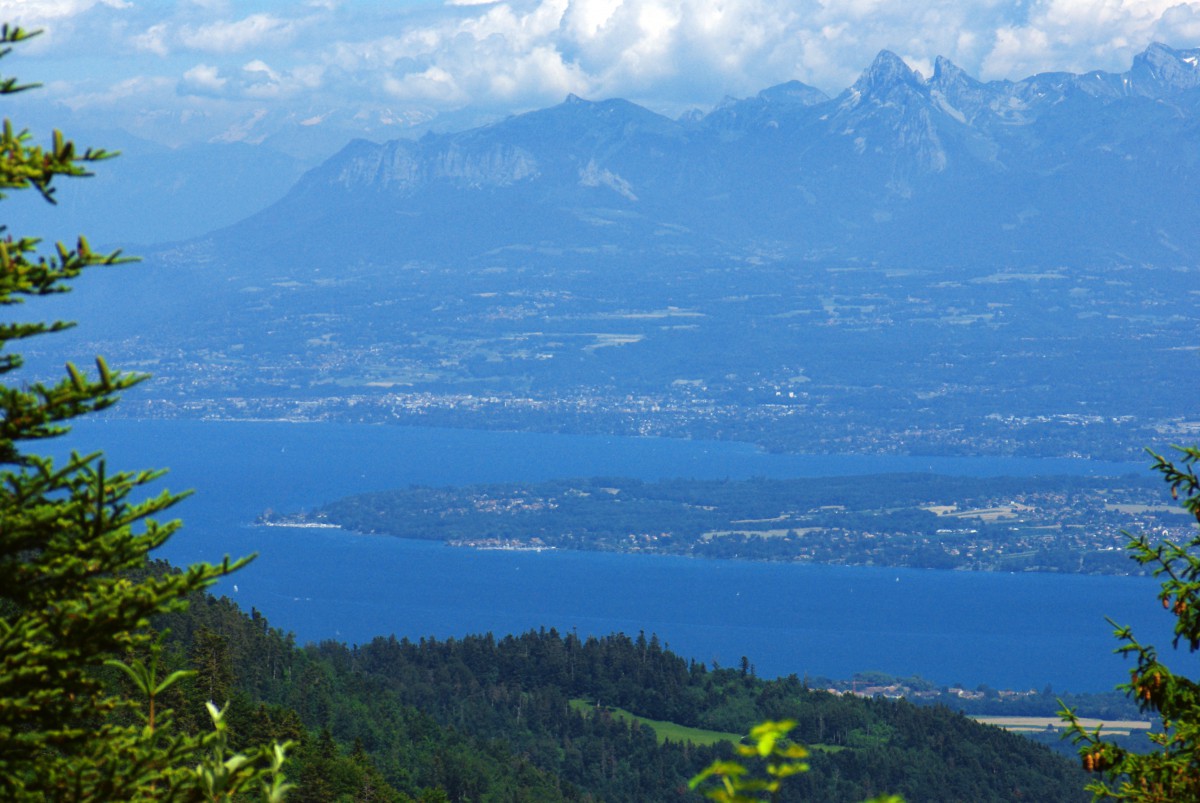
The Coudrée Gulf near Thonon-les-Bains © French Moments
Indeed, "Léman" already means "lake" in Celtic, the language which gave its name to the lake, so saying "lac Léman" is like saying "lake lake". This tautology is frequent in toponymy, i.e. the study of place names, where we often find place names with a redundant etymological origin.
However, this Lemanic tautology is not new. It is believed that this formulation has existed since antiquity. Julius Caesar himself referred to "lacus lemanus" in 58 BC.
15 facts and figures from Lake Geneva
- Lake Geneva is the largest lake in Western Europe.
- It is crescent-shaped and runs from east to west.
- The length is 72.8 km, and its maximum width is less than 14 km.
- Its total area is 581.3 km2. It is divided between France (234.8 km2) and Switzerland (345.3 km2). Within Switzerland, 298.0 km2 belong to the canton of Vaud, 10.6 km2 to Valais and 36.7 km2 to the canton of Geneva.
- The shores of the lake extend over 200.2 kilometres, of which 58 are in France, 102 in the canton of Vaud, 7.6 in Valais and 32.6 in the canton of Geneva.
- Lake Geneva is bordered north by the Jura and south and east by the Alps.
- The Treaty of Lausanne established the border between France and Switzerland in 1564 between the Duchy of Savoy and Switzerland.
- The lake level is artificially regulated at an altitude of about 372 metres.
- The maximum depth of Lake Geneva is 309.7 metres below the lake's surface between Evian and Lausanne.
- Lake Geneva is mainly fed by the Rhône, a Franco-Swiss river that flows east to west, accounting for 75% of the inflow.
- The lake has a retention time of 11.8 years.
- 65 municipalities border Lake Geneva.
- The towns on the shores of Lake Geneva with more than 100,000 inhabitants are Swiss: Geneva and Lausanne.
- The other major cities are Montreux (Switzerland), Evian-les-Bains and Thonon-les-Bains (France).
- Several castles are along the lake, the most famous being those of Nyon, Rolle, Morges, Ouchy, Chillon and Yvoire.
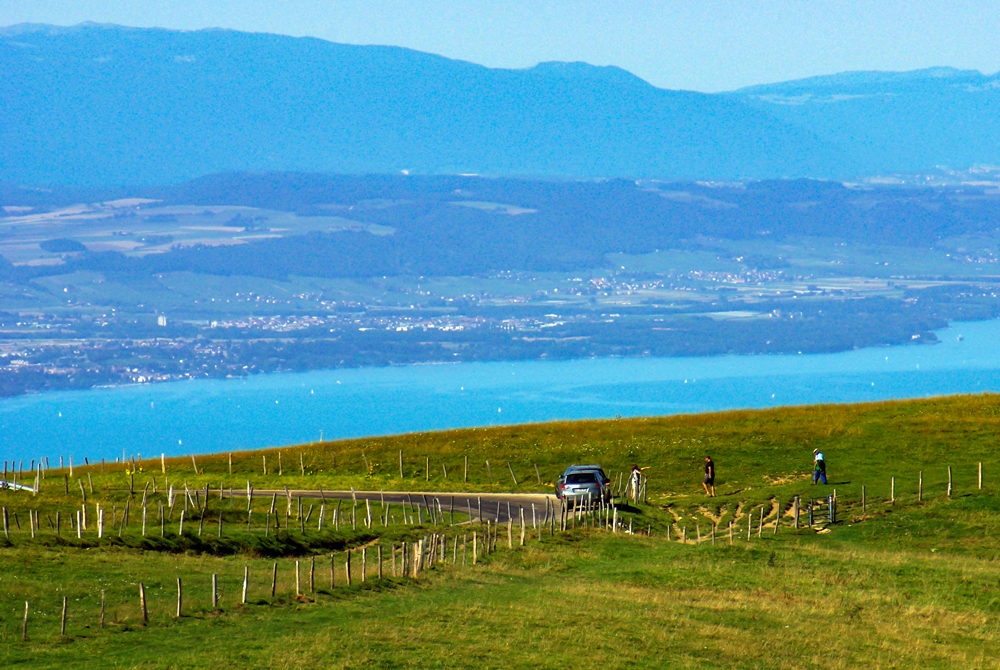
Lake Geneva from the Salève © French Moments
Things to do around Lake Geneva
Here is a selection of activities to do in the Lake Geneva region:
10 sites to see around Lake Geneva
Let's travel along Lake Geneva's French and Swiss shores to discover 10 exceptional sites: towns, villages and castles.
Geneva
Geneva, the capital of the Republic and Canton of Geneva (GE), is a cosmopolitan city that combines a rich history with a vibrant culture.
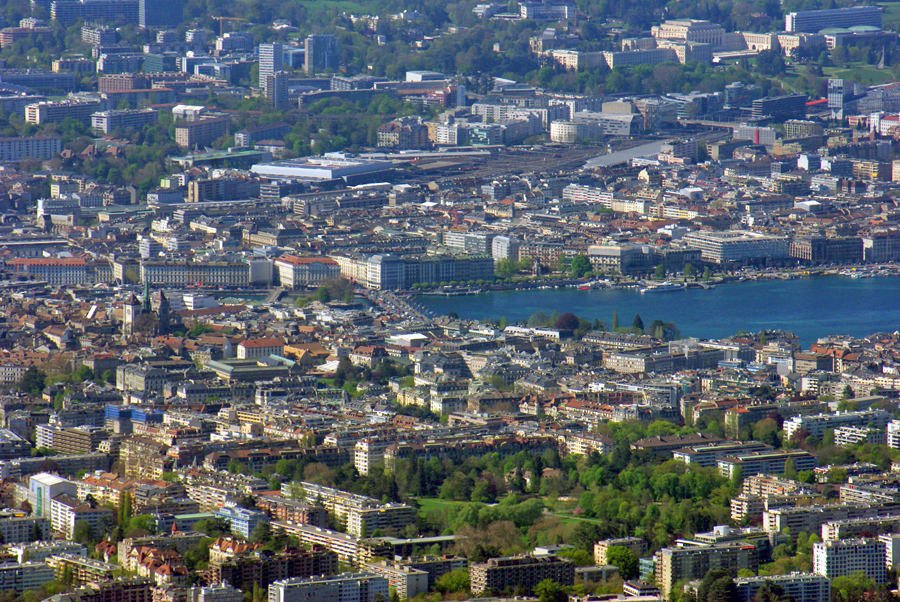
The centre of Geneva © French Moments
With over 200,000 inhabitants, Geneva is Switzerland's second most populous city after Zurich. Its conurbation of about one million inhabitants extends over the canton of Vaud and the French departments of Ain and Haute-Savoie.
The old town
The old town of Geneva is a maze of narrow cobbled streets lined with historic buildings with colourful facades. This part of the city is rich in cultural and architectural heritage, with many museums, churches and historical monuments to visit.
Stroll through the medieval streets to discover the local culinary specialities in picturesque restaurants and shop in the artisanal boutiques.
Geneva Cathedral
Geneva's Saint-Pierre cathedral is an iconic religious monument built on a hill overlooking Lake Geneva.
This Gothic cathedral dates from the 12th century and is home to a famous organ, the magnificent Maccabees Chapel. The north tower offers a breathtaking view of the city. Since 1976, you can explore the archaeological site in the basement (Roman ruins).
The Water Jet
Geneva's water jet (Jet d'Eau) is the city's emblem and one of the most famous attractions in Switzerland.
The 140-metre-high fountain, which shoots out a jet of more than 500 litres of water per second, can be seen from a distance and offers a spectacular view of Lake Geneva and the surrounding mountains.
Visitors can get closer to the fountain by walking along the Quai Gustave-Ador or taking a boat to admire the Jet d'Eau from the lake.
International institutions
Geneva has the particularity of being the seat of several international institutions without being the political capital of a state. Three other cities share the same status: Basel, New York and Strasbourg.
The Swiss city is home to:
- the European headquarters of the United Nations (UN)
- the International Committee of the Red Cross
- the International Labour Organisation
- the World Trade Organisation
🛌 Choose your accommodation in Geneva
ℹ️ The tourist office website
🛳️ Book your 50-minute cruise on Lake Geneva from Geneva
🚗 Rent a car in Geneva and start exploring the region
Yvoire
Yvoire is a charming medieval village located on the southern shore of Lake Geneva, in Haute-Savoie, about 25 kilometres from Geneva. This small historic town, classified as one of the Most Beautiful Villages in France, is famous for its picturesque setting, architectural heritage, and exceptional quality of life.
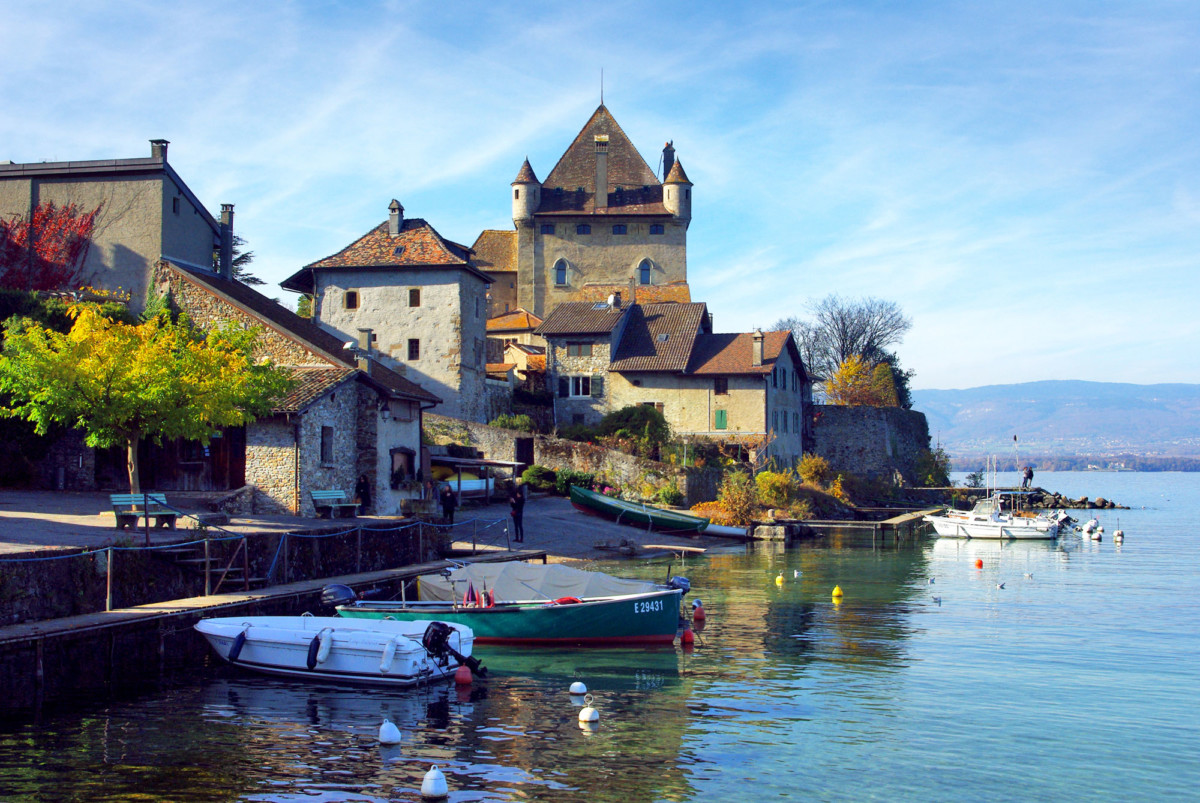
Yvoire and its castle © French Moments
The village of Yvoire is nestled in a green natural setting, surrounded by gardens, fields and forests, and bordered by the crystal clear waters of Lake Geneva. The old town, entirely pedestrianised, comprises narrow cobbled streets lined with stone houses, flower gardens and fountains.
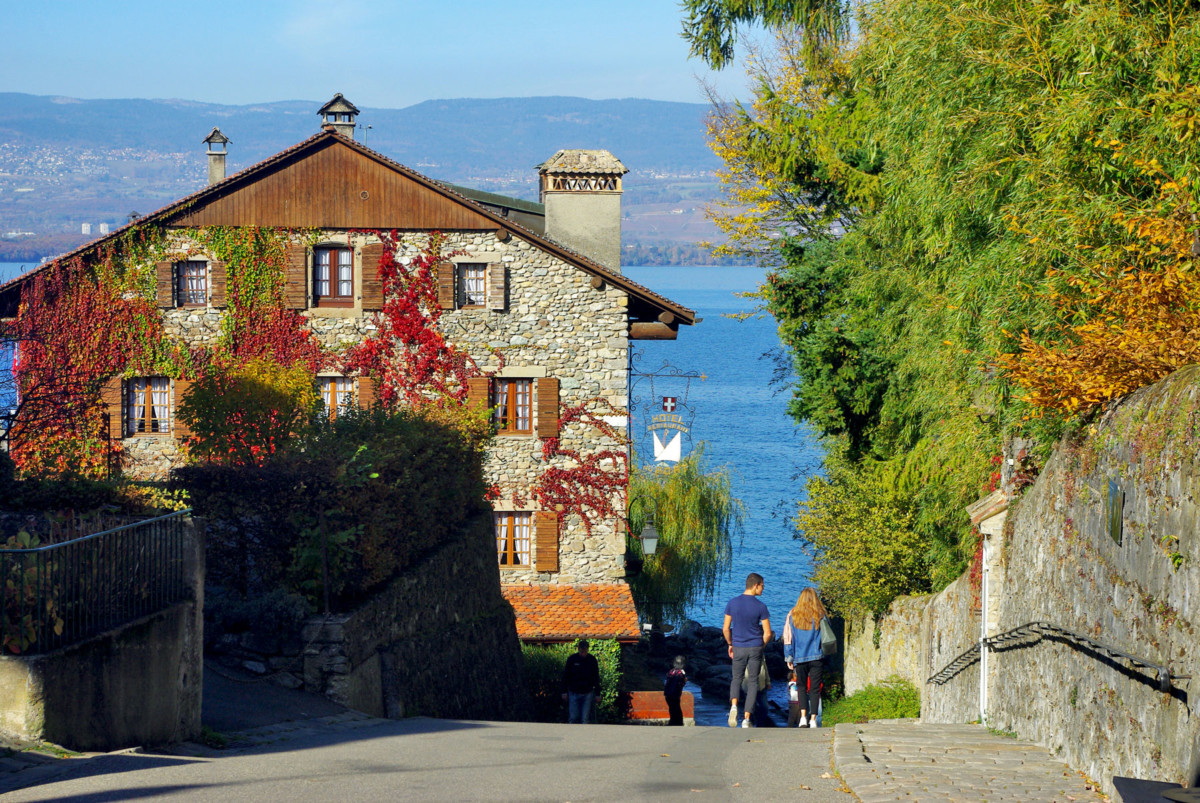
Going down to the harbour © French Moments
It is good to stroll through the medieval streets and admire the half-timbered houses, the fortified gates and ramparts dating from the 14th century, and the famous Rovorée gate, a jewel of Savoyard medieval architecture.
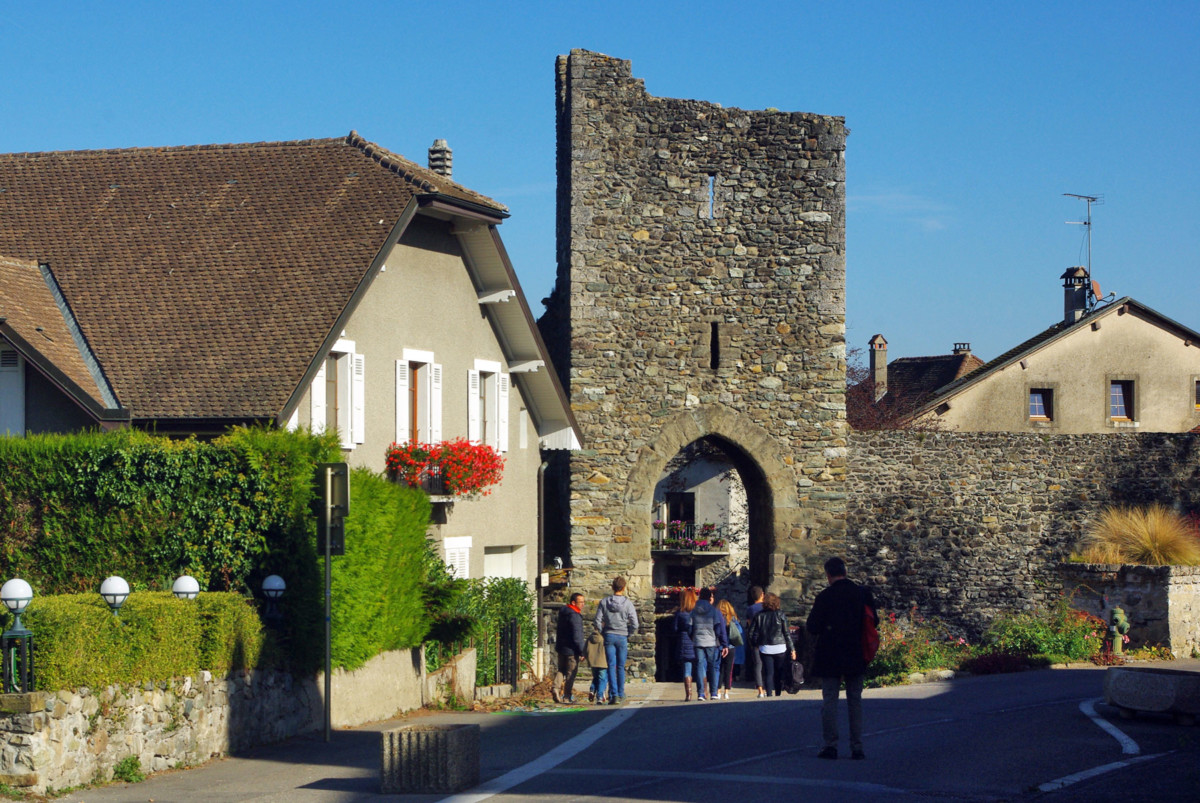
Rovorée Gate in Yvoire © French Moments
The village of Yvoire offers several gentle walking spots from which you can enjoy panoramic views of Lake Geneva and the surrounding mountains.
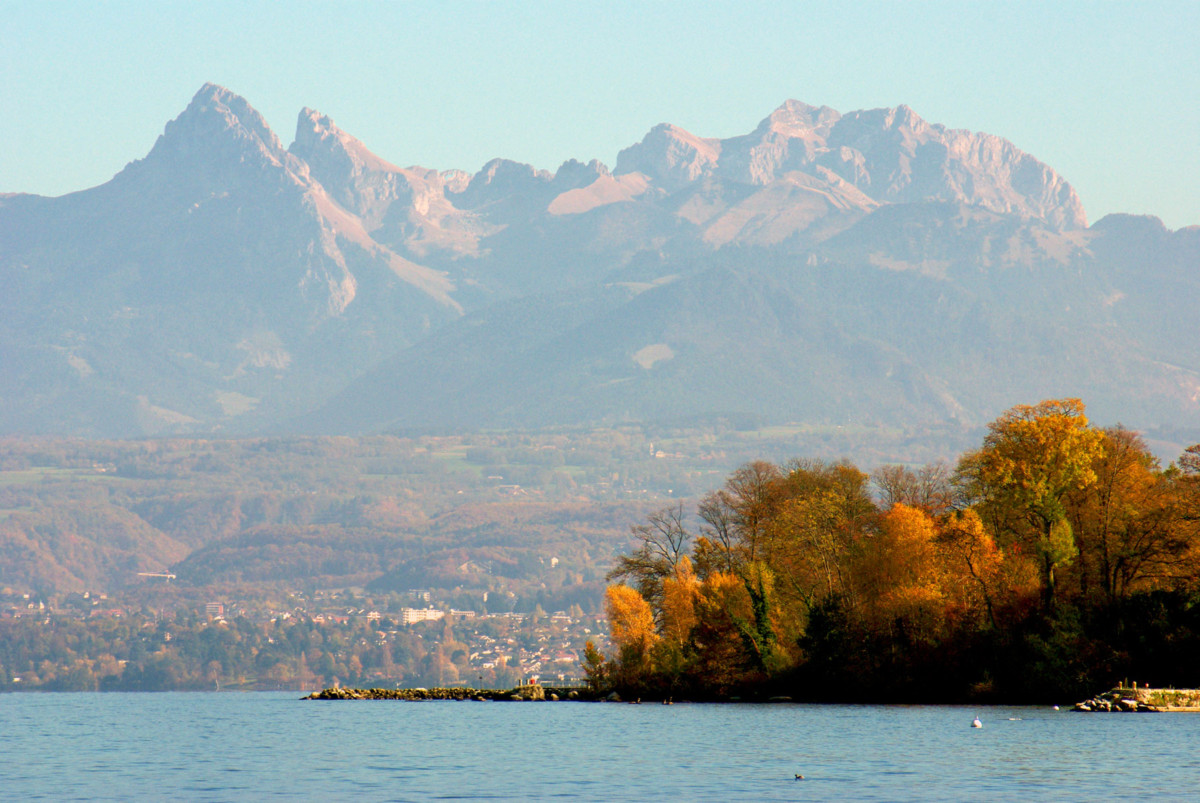
Dent d'Oche from Yvoire © French Moments
📸 Read more about Yvoire on the blog
🛌 Choose your accommodation in Yvoire
ℹ️ The tourist office website
Thonon-les-Bains
Thonon-les-Bains is a spa town on the French side of Lake Geneva, 17 km from the village of Yvoire. The city is renowned for its historical, cultural and natural wealth. Thonon is also a popular tourist destination for its beaches, water sports and beautiful mountain scenery.
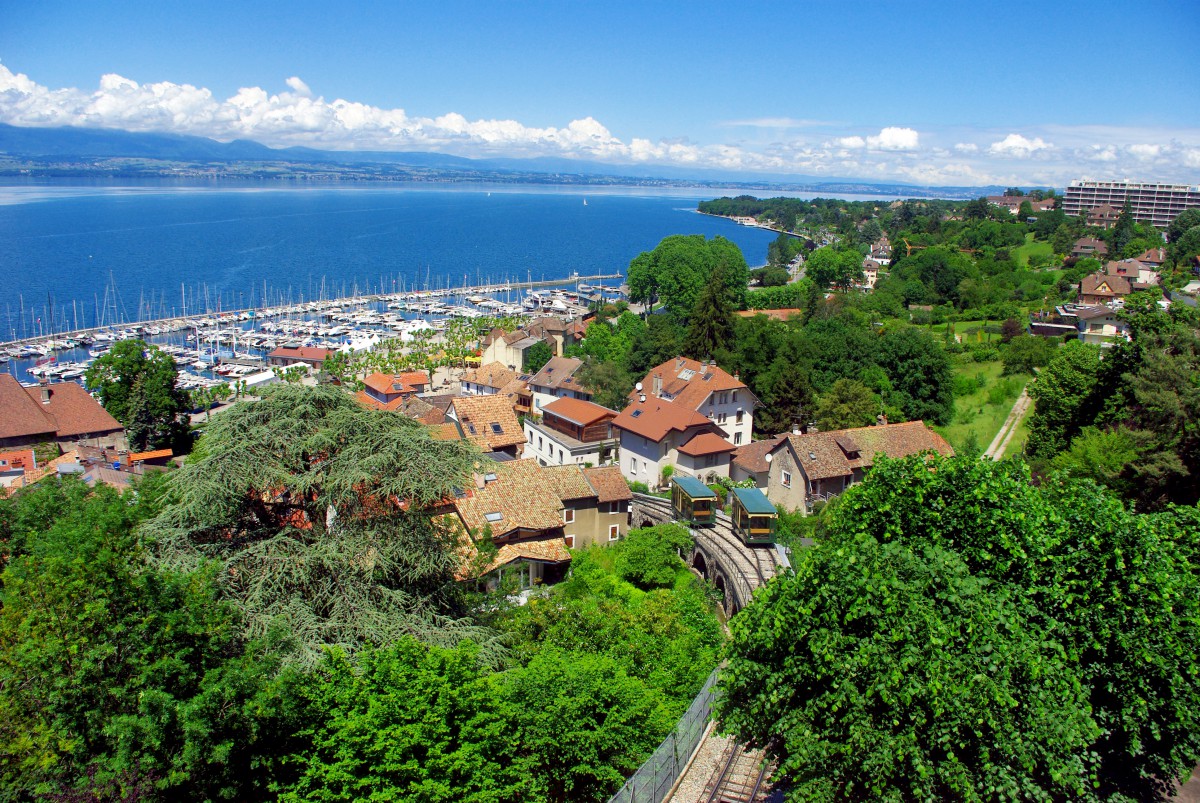
The town of Thonon-les-Bains by the lake © French Moments
The historic town centre of Thonon-les-Bains is home to many old houses and Belle Époque style buildings, which bear witness to the town's rich history.

The town-centre of Thonon-les-Bains © French Moments
Notable sights include the Château de Ripaille, a medieval castle with formal gardens, and the Basilica of Saint-François de Sales, an 18th-century baroque church.
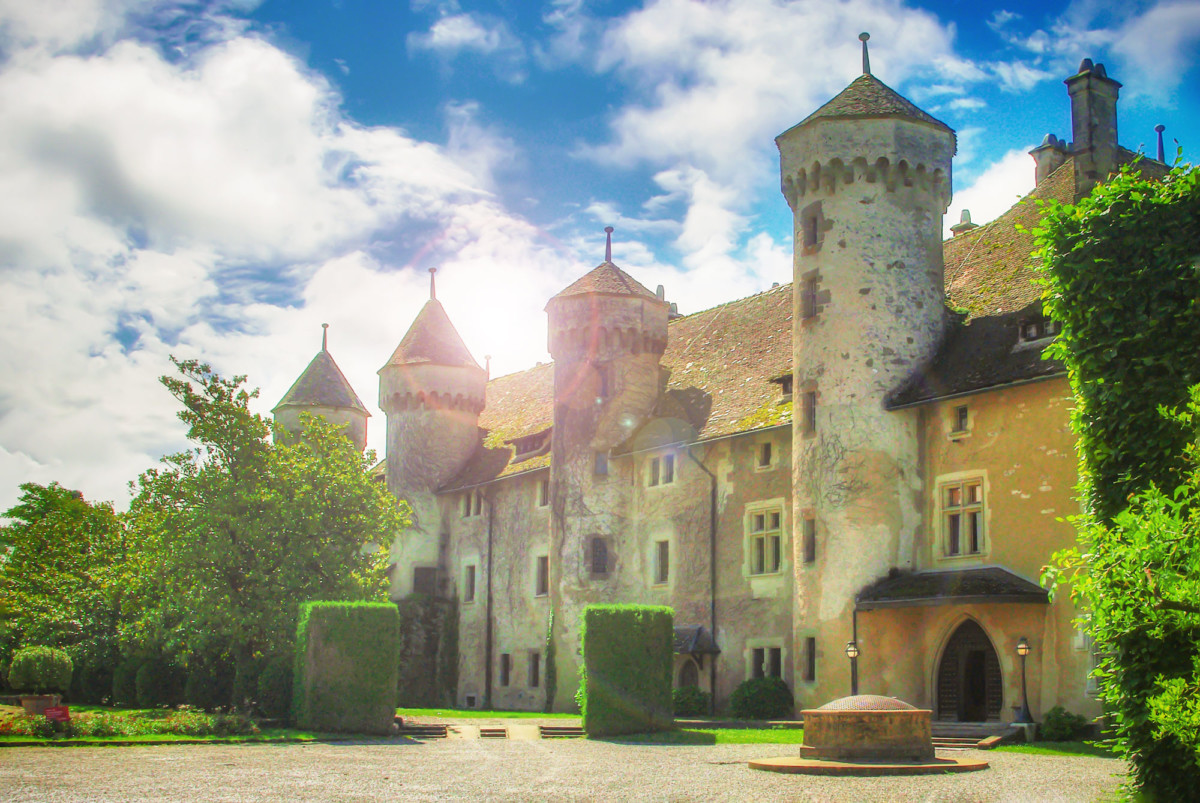
Château de Ripaille © French Moments
A lovely, recently restored fishermen's village is at the Rives port. A funicular provides easy access to the town centre, which is located on the hill.

The fishermen's village in Thonon-les-Bains © French Moments
The Thermes de Thonon-les-Bains offer balneotherapy, thalassotherapy and wellness treatments. The town of Thonon-les-Bains is also known for its thermal springs. The city also has a casino and a marina.
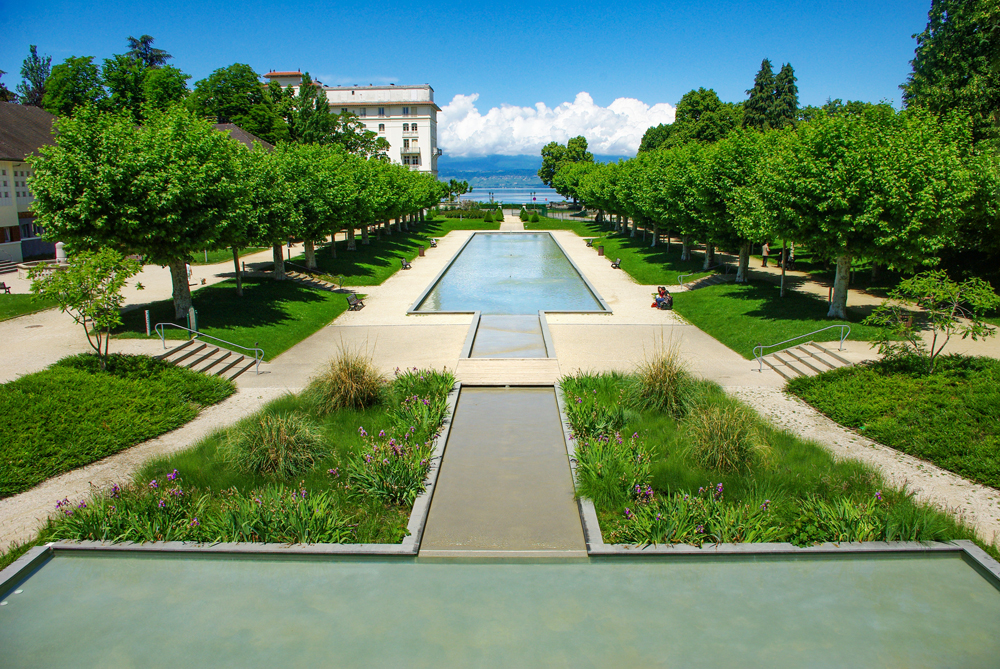
The spa town of Thonon-les-Bains © French Moments

Fountain in Thonon-les-Bains © French Moments
🛌 Choose your accommodation in Thonon-les-Bains
ℹ️ The tourist office website
Evian-les-Bains
10 km east of Thonon is the spa town of Evian-les-Bains, also in Haute-Savoie. The city is famous for its natural mineral water springs and world-famous spa.

Lake Geneva at Evian-les-Bains © French Moments
The historic centre of Evian-les-Bains is lively with pedestrianised shopping streets, picturesque squares and many landmark buildings.
Among the spa town's most famous sights is the Palais Lumière, a magnificent Belle Époque building that houses contemporary art exhibitions and cultural events.
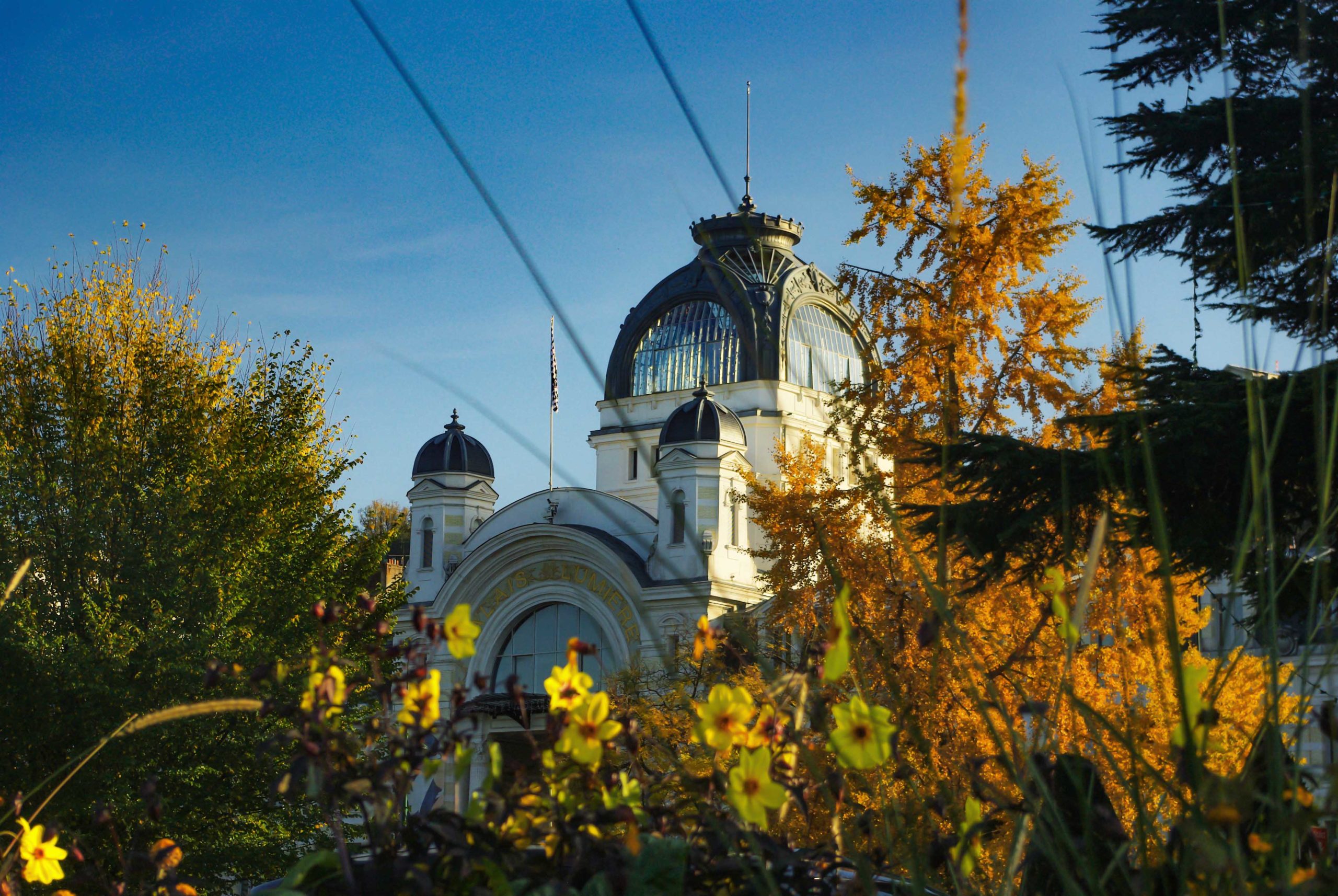
Palais Lumière in Evian-les-Bains © French Moments
As mentioned earlier, Evian-les-Bains is also known for its many natural mineral water springs, including Evian water, one of the most popular mineral waters in the world. You can discover the history of Evian water in the Evian Water Museum.
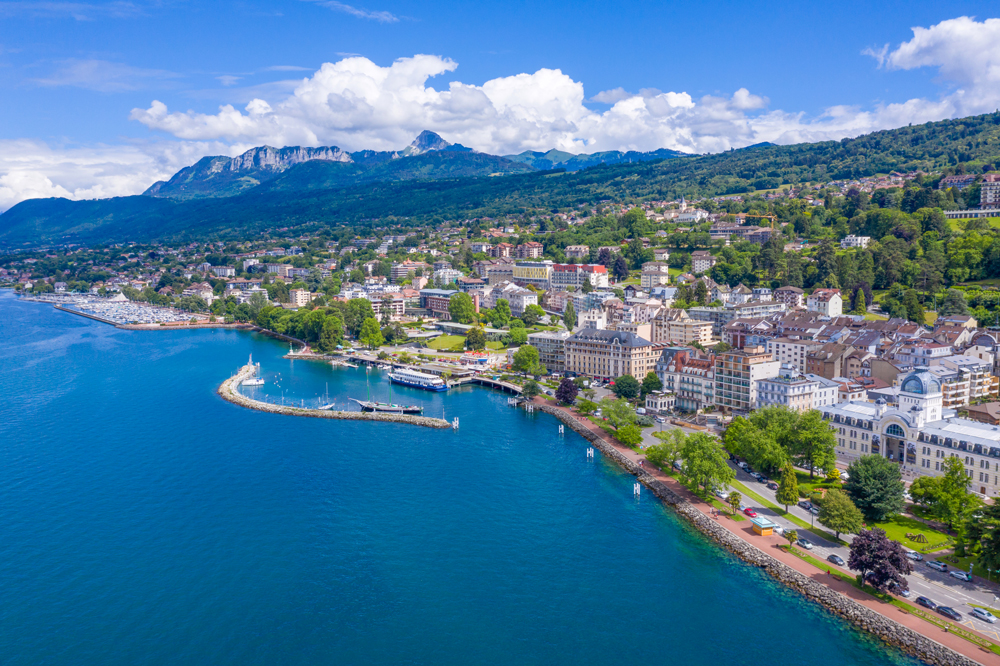
Evian-les-Bains. Source: Depositphotos.com
In addition to its history and reputation for thermal baths, Evian-les-Bains offers many leisure activities, especially water sports. Walking along the lake promenade is pleasant, with a view of Lausanne (opposite shore).
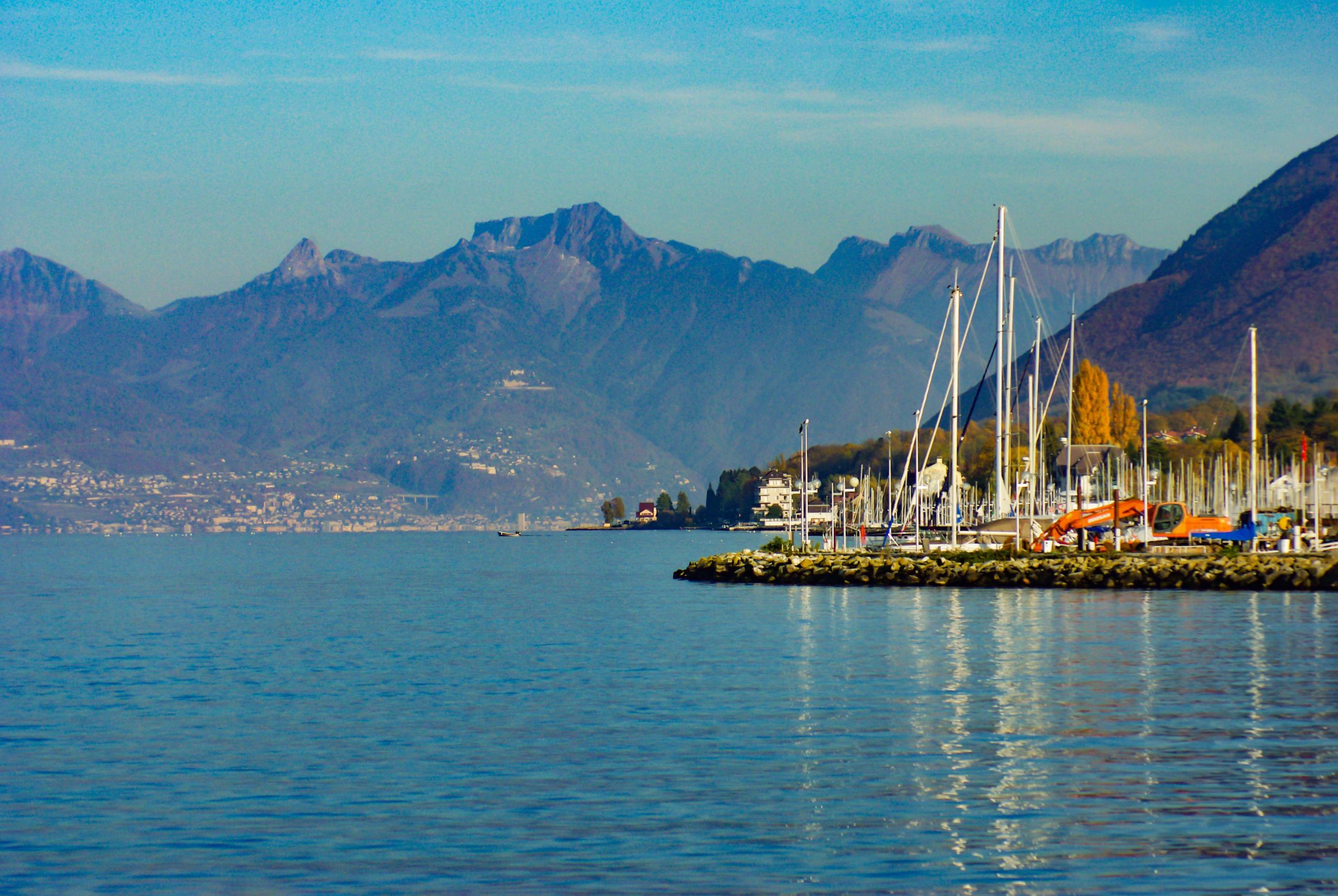
Lake Geneva in Evian-les-Bains © French Moments
🛌 Choose your accommodation in Evian-les-Bains
ℹ️ The tourist office website
Château de Chillon
35 km from Evian-les-Bains and a stone's throw from Montreux, Chillon is Switzerland's most famous medieval castle! It is indeed the most visited historical monument in Switzerland.
The fame of Chillon
The castle's fame is mainly due to its spectacular location on the lake and its strategic position between Italy and Germany. Built on a small rocky island in the 12th century, Chillon Castle is a symbol of Swiss history and culture. It was successively occupied by the House of Savoy and then by the Bernese from 1536 until 1798. It now belongs to the State of Vaud.
The visit of the castle
A visit to the castle will take you through its various rooms, including the great hall where the Counts of Savoy held banquets, the Gothic chapel, the dungeons and the watchtowers.
The castle's interior is decorated with period furniture, tapestries and medieval frescoes, offering visitors a glimpse of life in the castle over the centuries. Visitors can also admire the breathtaking views of Lake Geneva and the Alps from the castle's terraces.
A prison-castle
Chillon Castle is also known for its famous prison, where François de Bonivard, a Genevan patriot, was held for six years. This prison inspired Lord Byron's poem "The Prisoner of Chillon, " contributing to the castle's worldwide fame.
🏰 Buy your entrance ticket to Chillon Castle
🛌 Choose your accommodation in Villeneuve
Montreux
Welcome to the Swiss Riviera!
Montreux is famous for its mild, sunny climate and beautiful Alpine scenery. Not surprisingly, Montreux is popular with wealthy holidaymakers looking for a waterfront destination.
The resort is famous for its jazz festival every year in July. It is one of the most significant jazz festivals in the world and attracts artists and music fans from all over the world.
Montreux is also known for its many gardens, parks and green spaces, and its promenades on the shores of Lake Geneva, offering magnificent views of the surrounding mountains. A stroll along the famous "Quai des Fleurs", a long promenade along the shores of Lake Geneva lined with wide varieties of colourful flowers, is not to be missed.
Rochers de Naye
Montreux is served by the Montreux-Glion-Rochers de Naye (MGN) railway line. This 10.36 km long line climbs to the Rochers de Naye, a mountain in the Vaud Pre-Alps, which reaches an altitude of 2042 m.
From the summit, the panorama is breathtaking. It extends over the Swiss Jura, the Fribourg Pre-Alps, the Diablerets massif, the Bernese Oberland with the Eiger-Mönch-Jungfrau trio, Mont Dolent and the Aiguille Verte in the Mont-Blanc massif.
![Rochers de Naye © Sophie Photographie - licence [CC BY-SA 3.0] from Wikimedia Commons Rochers de Naye © Sophie Photographie - licence [CC BY-SA 3.0] from Wikimedia Commons](https://frenchmoments.eu/wp-content/uploads/2023/04/Rochers-de-Naye-©-Sophie-Photographie-licence-CC-BY-SA-3.0-from-Wikimedia-Commons-scaled-1.jpg)
Lake Geneva from the Rochers de Naye © Sophie Photographie - licence [CC BY-SA 3.0] from Wikimedia Commons
🛌 Choose your accommodation in Montreux
ℹ️ The tourist office website
🛳️ Book your cruise on Lake Geneva from Montreux
Vevey
Vevey, twinned with Carpentras, is a town on Lake Geneva known for its magnificent views of the lake and surrounding mountains.
Vevey has a rich historical and cultural heritage, with many old buildings, museums and art galleries.
The city is best known for its famous food museum, the Alimentarium, which houses an extensive collection of food, agriculture and gastronomy history.
The presence of this museum is not insignificant: Vevey is the headquarters of Nestlé.
Mont Pèlerin
Mont Pèlerin is a summit of the Swiss plateau located on the heights of Vevey, recognisable by the Plein Ciel radio-broadcasting tower that occupies its top.
Since 1900, a funicular has been running from the shores of Lake Geneva to the summit of Mont Pèlerin in 11 minutes.
On a clear day, the view extends to the Vaud and Fribourg Pre-Alps, the Rhone Valley, the Chablais massif and the Grand Combin.
🛌 Choose your accommodation in Vevey
ℹ️ The tourist office website
🛳️ Book your cruise on Lake Geneva from Vevey
Lavaux vineyards
The Lavaux vineyards are a terraced vineyard landscape on the northern shore of Lake Geneva in Switzerland. The vineyard, which covers more than 800 hectares, is considered one of the most beautiful wine-growing landscapes in the world and was declared a UNESCO World Heritage Site in 2007.
The wine villages
The Lavaux vineyards stretch for some 20 kilometres from Lausanne to Vevey and comprise picturesque villages on the steep hillsides. Among the most beautiful villages to visit are Chexbres, Rivaz, Bourg-en-Lavaux, Epesses and Saint-Saphorin.
Saint-Saphorin
Saint-Saphorin is a charming little medieval village on a hill overlooking Lake Geneva. The village's narrow cobbled streets are lined with old stone houses and a 16th-century Protestant church.
Saint-Saphorin is also known for its dry white wine, Chasselas, produced in the surrounding vineyards. Saint-Saphorin is one of the most beautiful villages in Switzerland.
Visiting Lavaux
The Lavaux vineyard landscape is beautiful in any season, but it is particularly spectacular in the summer when the vines are fully grown. If you like to hike, follow the 32km signposted trail through the Lavaux vineyards from west to east. If you are brave, it will take you less than 10 hours to get from the Olympic Museum in Ouchy (Lausanne) to Chillon Castle!
🛌 Choose your accommodation in the Lavaux vineyards
ℹ️ The tourist office website
🛳️ Book your cruise on Lake Geneva along the Lavaux vineyards (from Lausanne)
Lausanne
The capital of the canton of Vaud, Lausanne, is the fourth most populous city in Switzerland and the headquarters of the IOC, the International Olympic Committee.
Lausanne is known for its beautiful historic city centre, where cobbled streets wind around ancient buildings, elegant shops and charming restaurants.
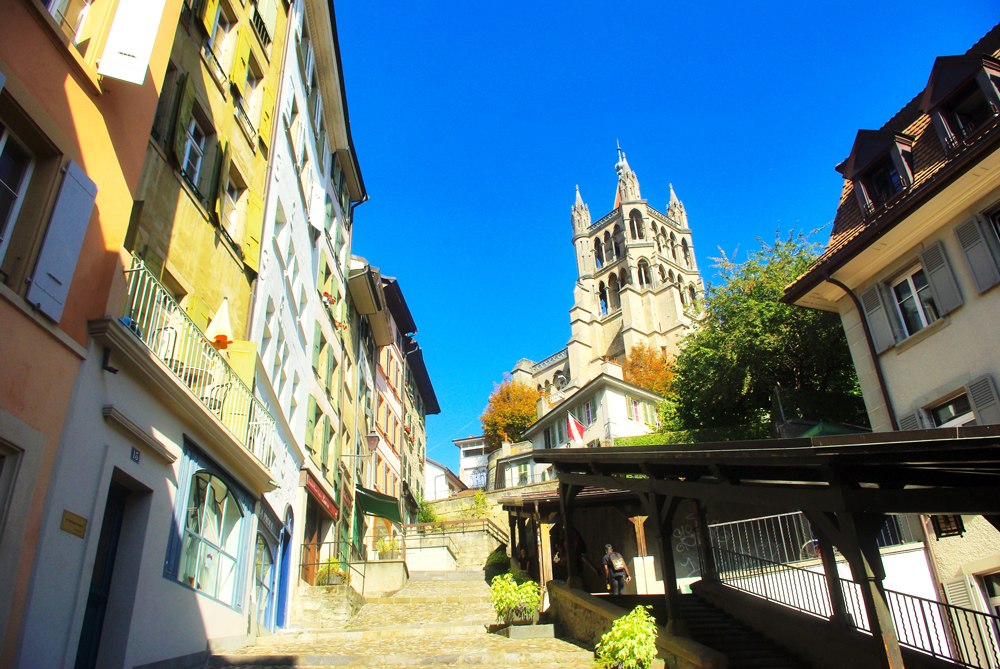
The old town of Lausanne © French Moments
Lausanne cathedral
Lausanne's Gothic cathedral, located on the hilltop of the old town, is one of the city's main tourist attractions, offering a breathtaking view of Lake Geneva and the surrounding Alps.
Built between 1170 and 1230, it is Switzerland's most important Gothic cathedral. It was inspired by other cathedrals in northern France (Laon) and southern England (Canterbury).
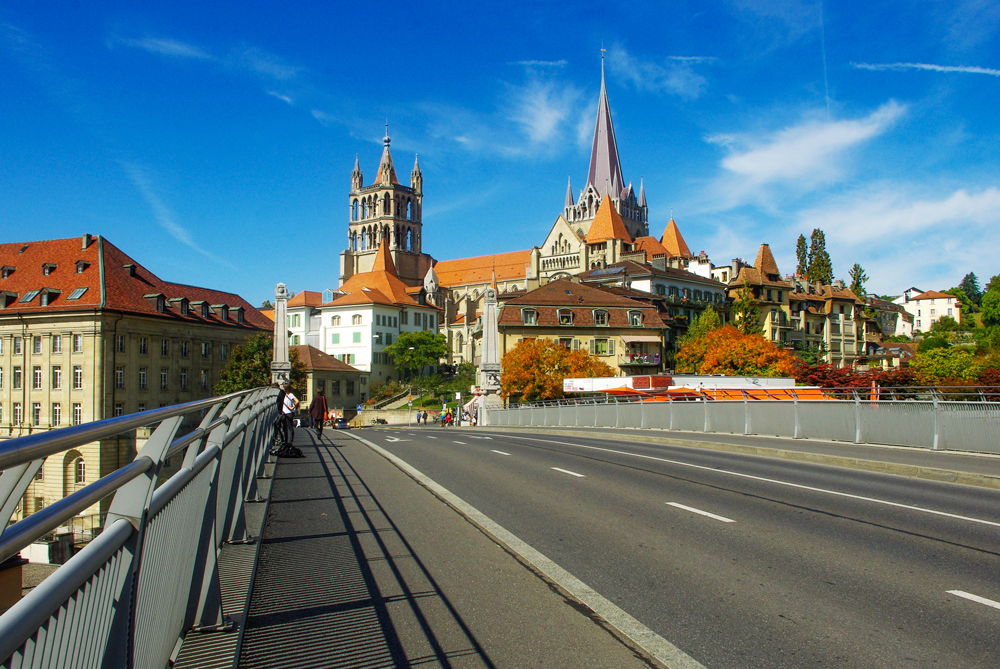
The cathedral of Lausanne © French Moments
Viollet-le-Duc restored the cathedral in the 1870s before dying in Lausanne in 1879. Finally, the cathedral is also home to one of Europe's last remaining bell towers. This one announces the time at the four cardinal points from the belfry, 365 days a year, from 10 pm to 2 am.
Lausanne: an olympic city
The Olympic Museum in Lausanne is another must-see, presenting the history of the modern Olympic Games and exhibitions on sports and health. Lausanne is also home to many art galleries, museums, theatres and opera houses, making it an essential cultural centre in Switzerland.
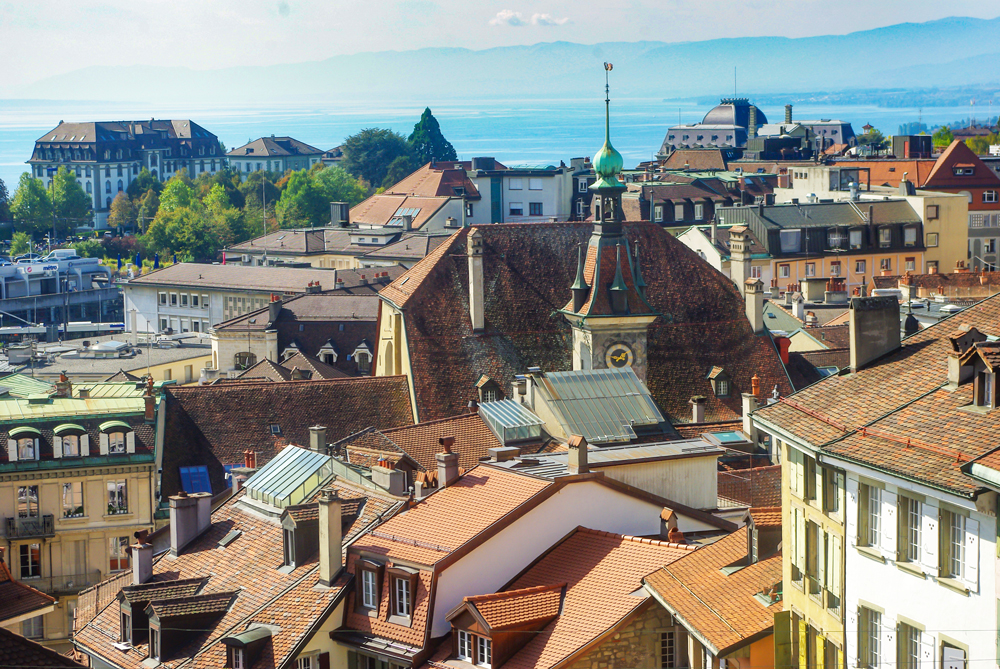
The roofs of Lausanne © French Moments
Ouchy
Below the old town, on the banks of Lake Geneva, lies the historic district of Ouchy.
The Château d'Ouchy was built in 1170 by the Bishopric of Lausanne and rebuilt in the 1890s to become a hotel.
🛌 Choose your accommodation in Lausanne
ℹ️ The tourist office website
🛳️ Book your cruise on Lake Geneva from Lausanne
🎟️ Buy your ticket for the Olympic Museum
🚗 Rent a car in Lausanne and start exploring the region
Morges
Facing the Chablais Alps, particularly the Mont Blanc, Morges is a tourist town renowned for its picturesque setting.
One of the main attractions of Morges is its impressive medieval castle, which now houses a historical museum. Inside, you can discover the town's history and the region, as well as temporary exhibitions on various subjects.
![Morges © D. Jaquet - licence [CC BY-SA 4.0] from Wikimedia Commons Morges © D. Jaquet - licence [CC BY-SA 4.0] from Wikimedia Commons](https://frenchmoments.eu/wp-content/uploads/2023/04/Morges-©-D.-Jaquet-licence-CC-BY-SA-4.0-from-Wikimedia-Commons-scaled-1.jpg)
Morges © D. Jaquet - licence [CC BY-SA 4.0] from Wikimedia Commons
You will continue the tour with a walk through the streets of the old town of Morges, which offers a charming mix of historic buildings and modern shops.
![Morges © Kyarha - licence [CC BY-SA 3.0] from Wikimedia Commons Morges © Kyarha - licence [CC BY-SA 3.0] from Wikimedia Commons](https://frenchmoments.eu/wp-content/uploads/2023/04/Morges-©-Kyarha-licence-CC-BY-SA-3.0-from-Wikimedia-Commons.jpg)
In the old streets of Morges © Kyarha - licence [CC BY-SA 3.0] from Wikimedia Commons
The cobbled streets, fountains and picturesque squares create a unique and pleasant atmosphere for strolling and exploring.
![Morges © Slatin - licence [CC BY-SA 3.0] from Wikimedia Commons Morges © Slatin - licence [CC BY-SA 3.0] from Wikimedia Commons](https://frenchmoments.eu/wp-content/uploads/2023/04/Morges-©-Slatin-licence-CC-BY-SA-3.0-from-Wikimedia-Commons-scaled-1.jpg)
The lakefront in Morges © Slatin - licence [CC BY-SA 3.0] from Wikimedia Commons
Rolle
Rolle, 15 km west of Morges, with its 13th-century medieval castle, is also worth a visit. The town has several interesting houses and monuments, especially along the Grand-Rue.
![Rolle Castle © Alexey M. - licence [CC BY-SA 4.0] from Wikimedia Commons Rolle Castle © Alexey M. - licence [CC BY-SA 4.0] from Wikimedia Commons](https://frenchmoments.eu/wp-content/uploads/2023/04/Rolle-Castle-©-Alexey-M.-licence-CC-BY-SA-4.0-from-Wikimedia-Commons-scaled-1.jpg)
The castle of Rolle by Lake Geneva © Alexey M. - licence [CC BY-SA 4.0] from Wikimedia Commons
🛌 Choose your accommodation in Morges
ℹ️ The tourist office website
In conclusion
I hope you have enjoyed this tour of Lake Geneva. There are, of course, other sites to discover, including the town of Nyon and the villages of Saint-Gingolph and Aubonne.
In addition, the immediate vicinity of Lake Geneva offers many unforgettable excursion possibilities in the Jura and the Alps!
To admire the region around Lake Geneva from the heights, go to:
- Mount Salève (view of Geneva)
- La Dôle or col de la Faucille (Jura)
- Mont Pèlerin (Vevey)
- Rochers de Naye (Montreux)
- Pic des Mémises (Thollon)
Finally, you can cross the lake between France and Switzerland. From Lausanne to Evian and from Yvoire to Nyon, the crossings allow you to discover the shores and their landscapes differently than by road!
For more information on timetables and ticketing, visit the official CGN website.
Pin it on Pinterest
Did you like the article about Lake Geneva? If so, please share this article on Facebook and Twitter. Or pin the following photo to Pinterest:


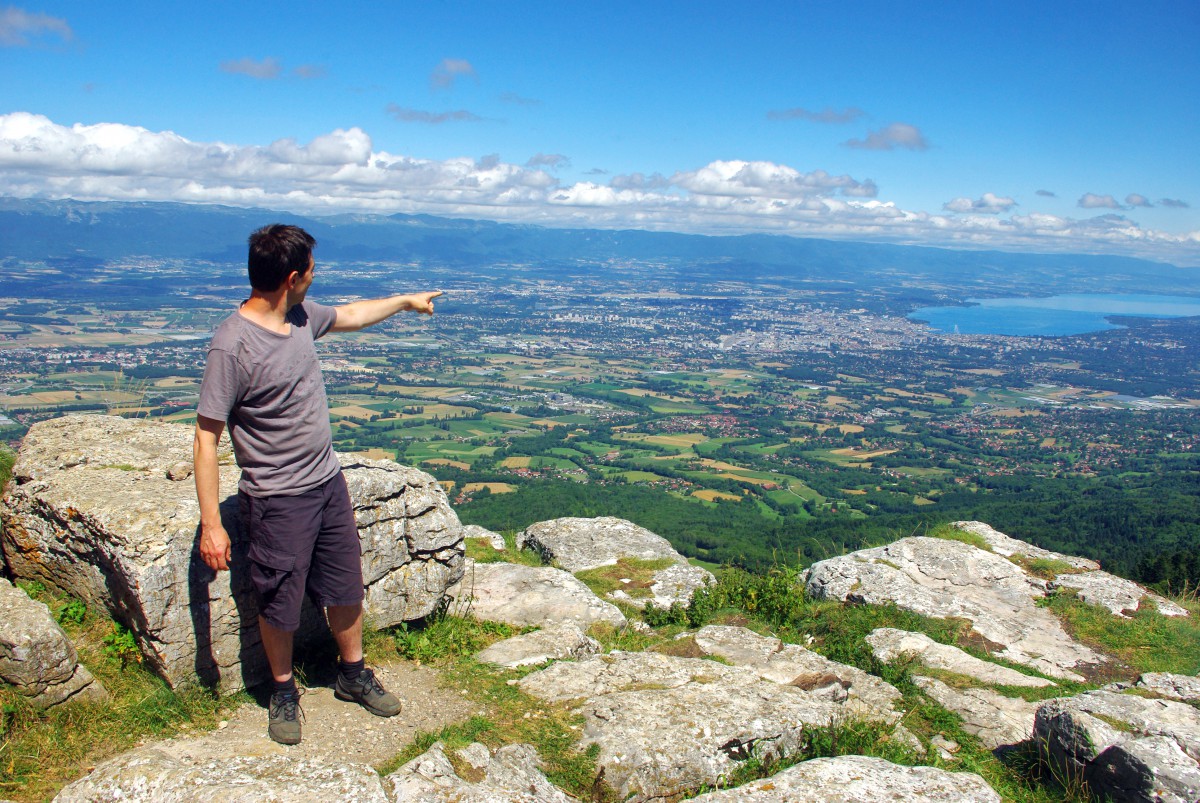


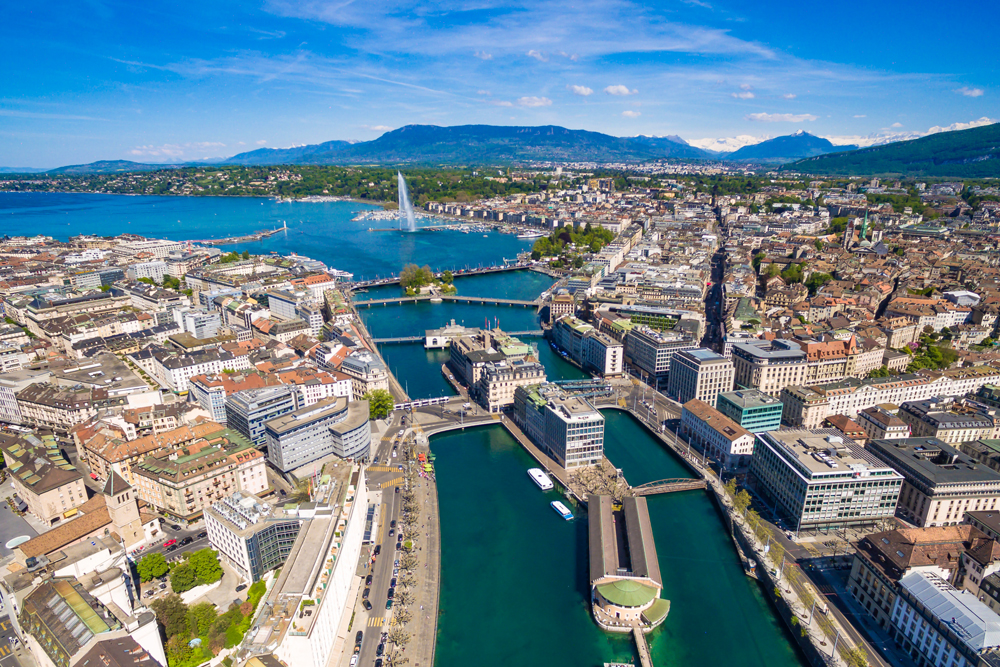
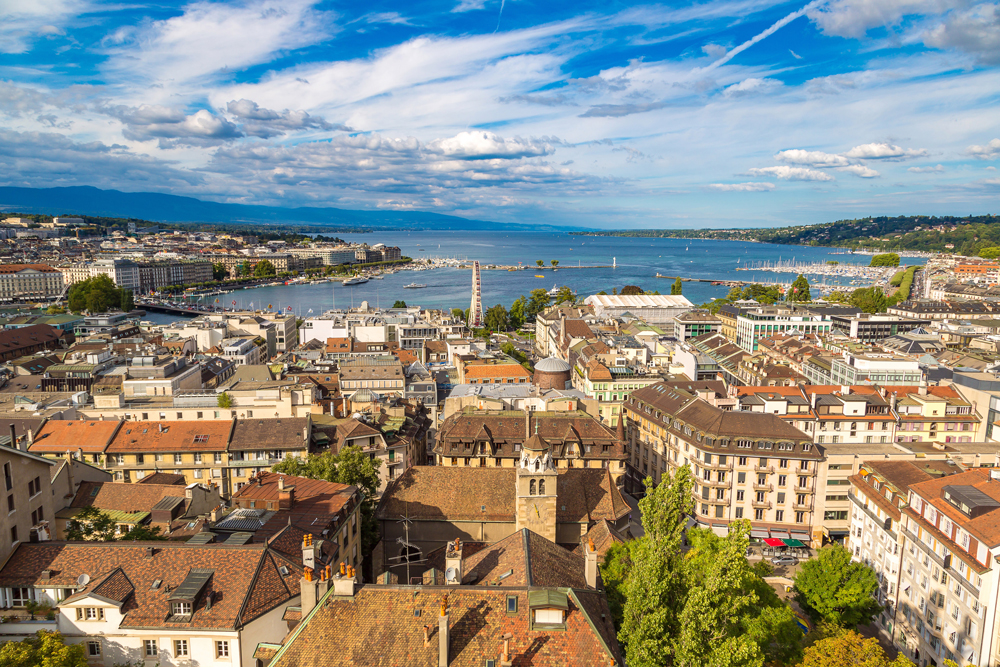
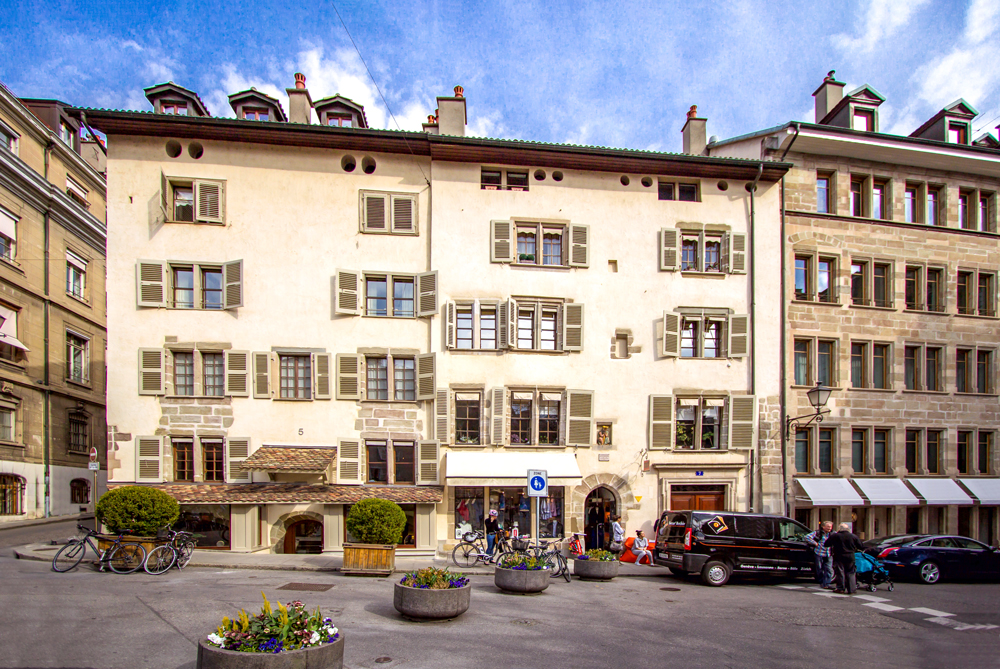
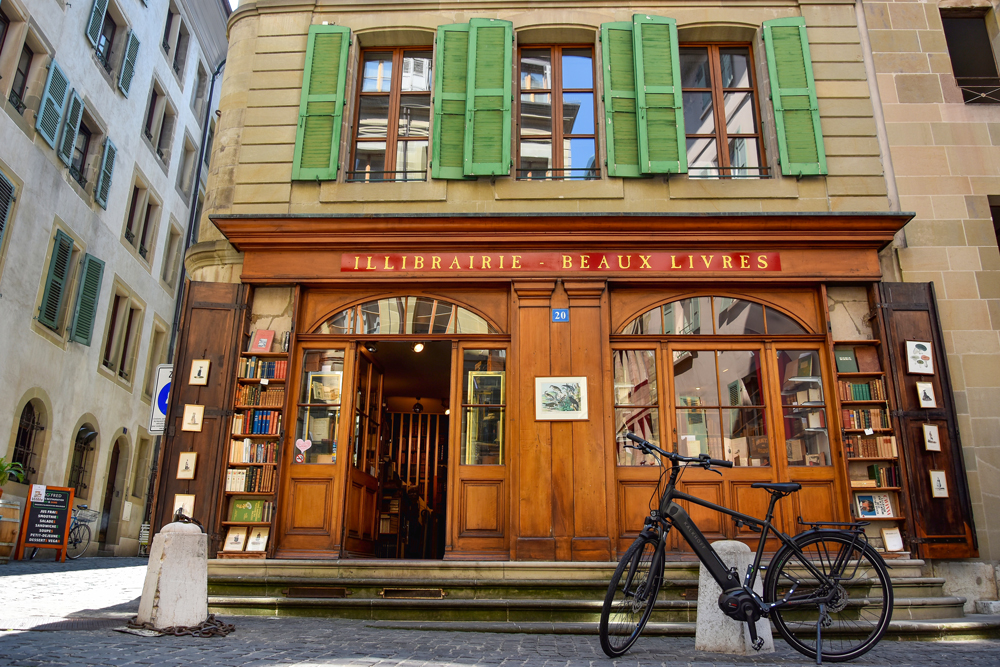

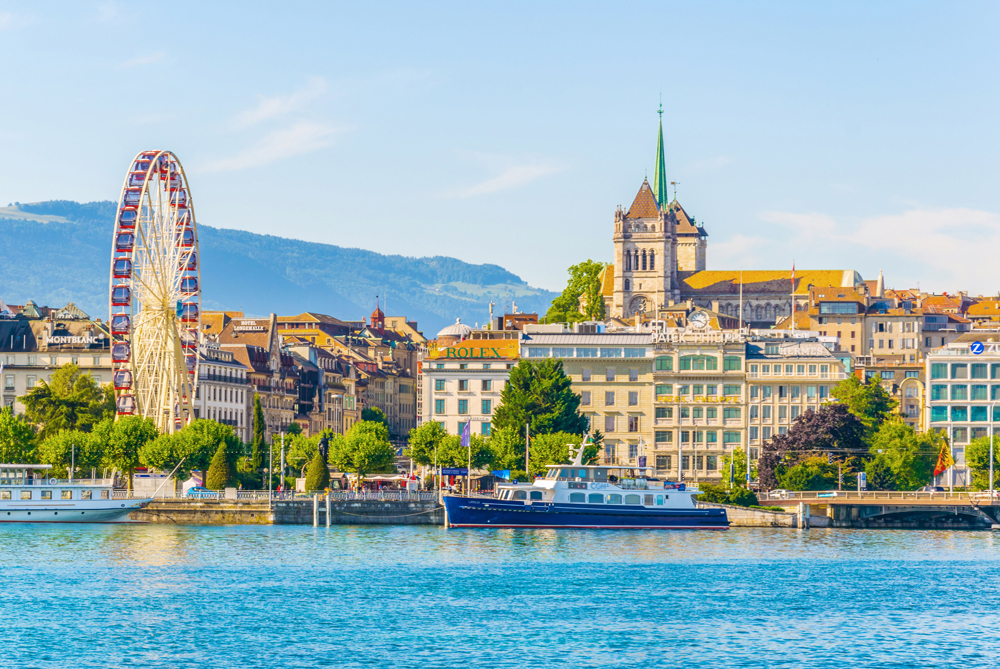
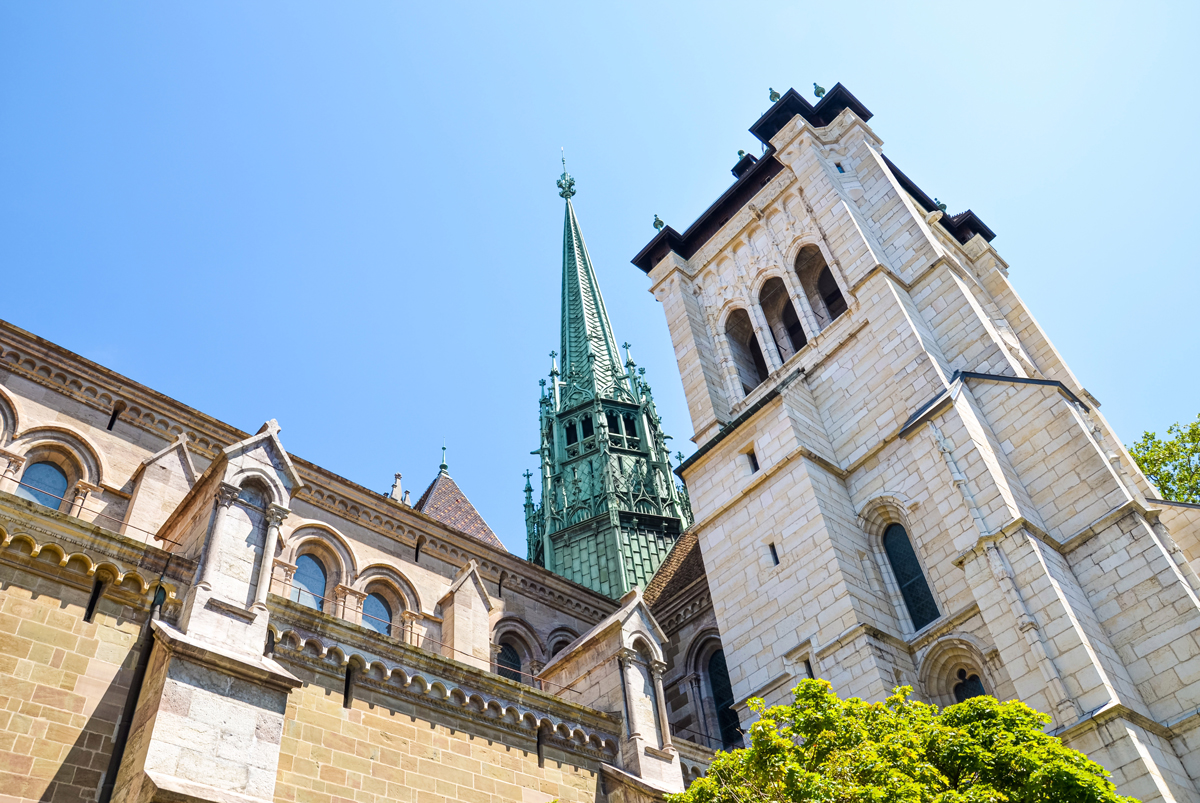
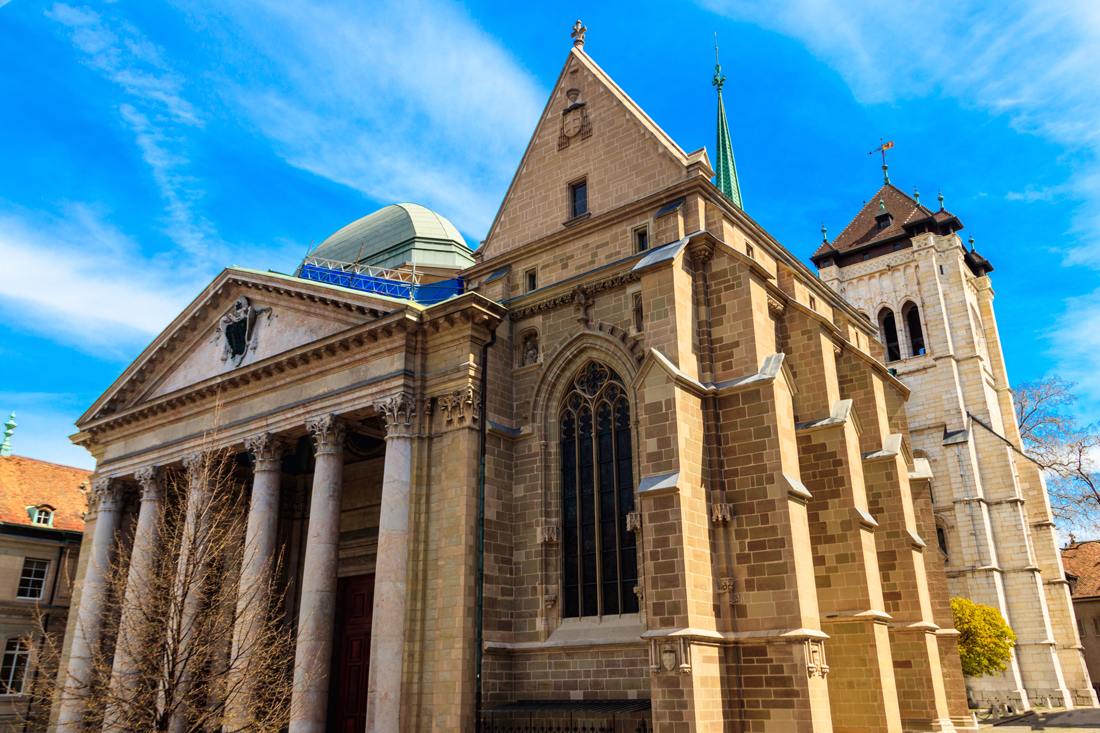
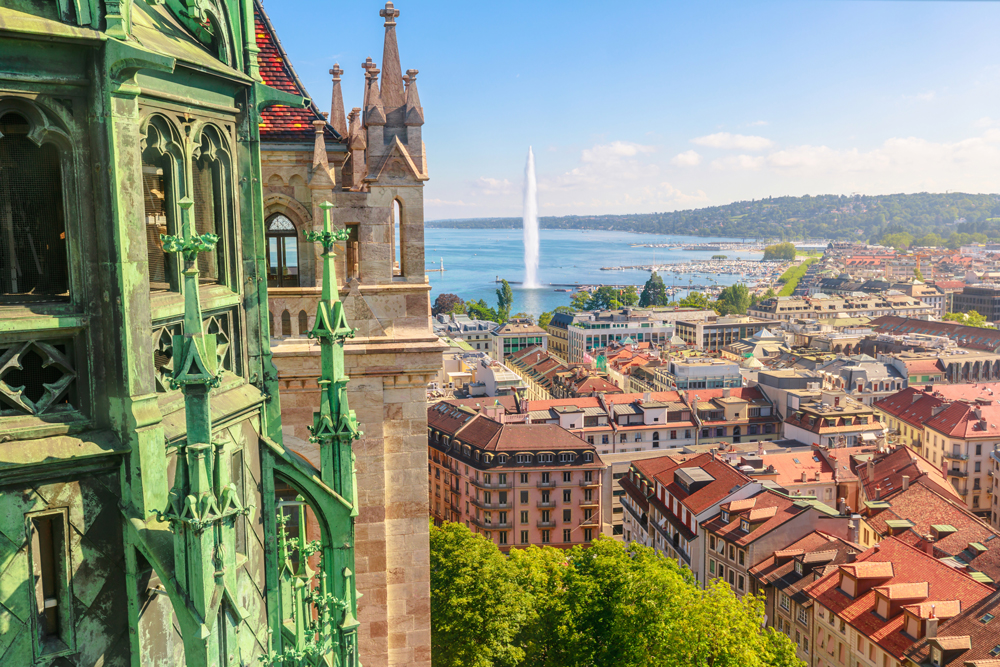
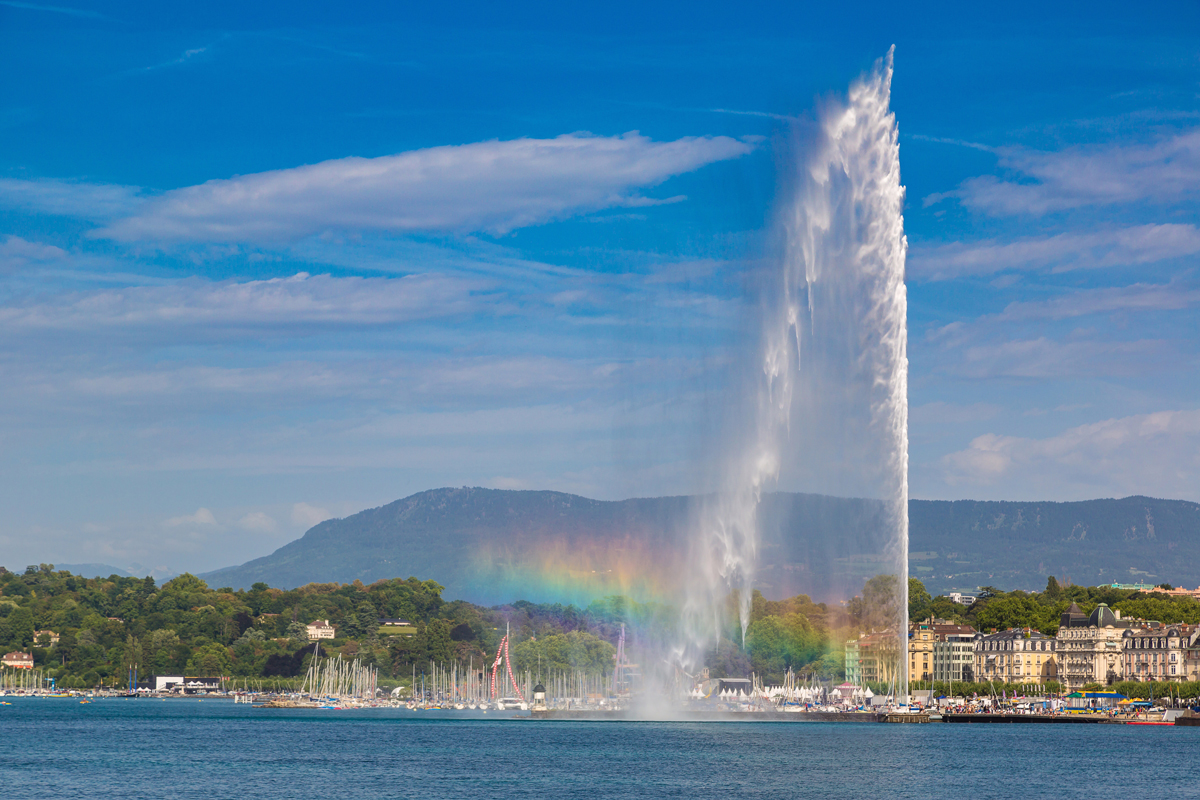

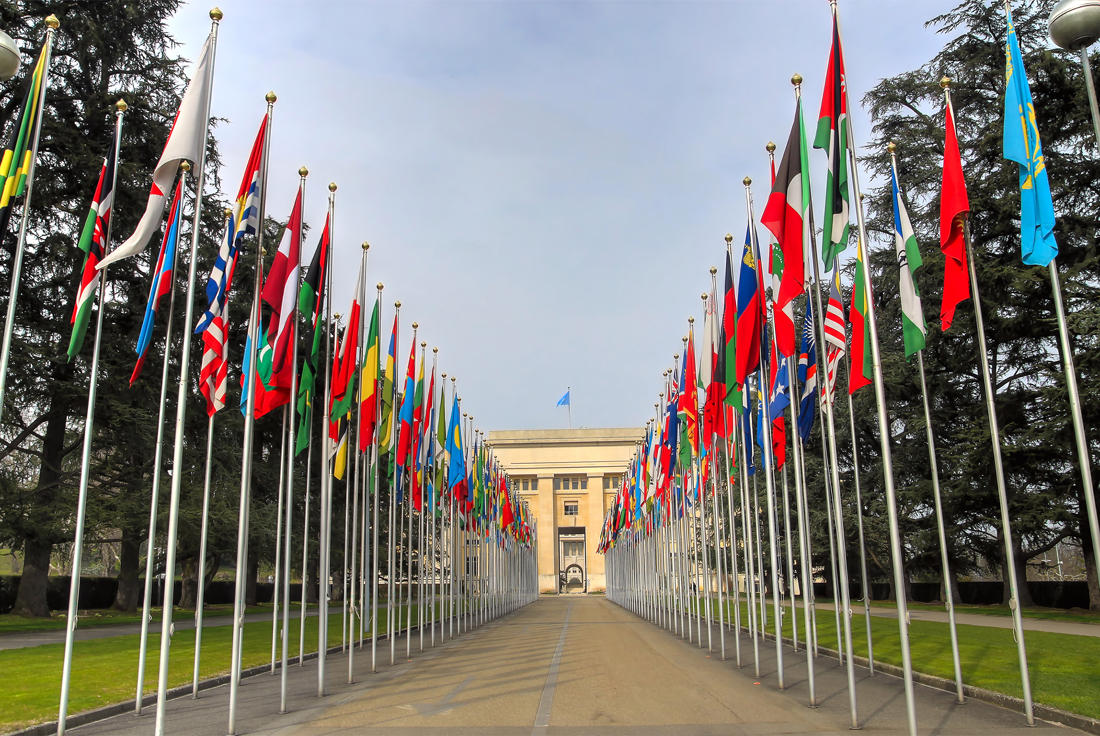
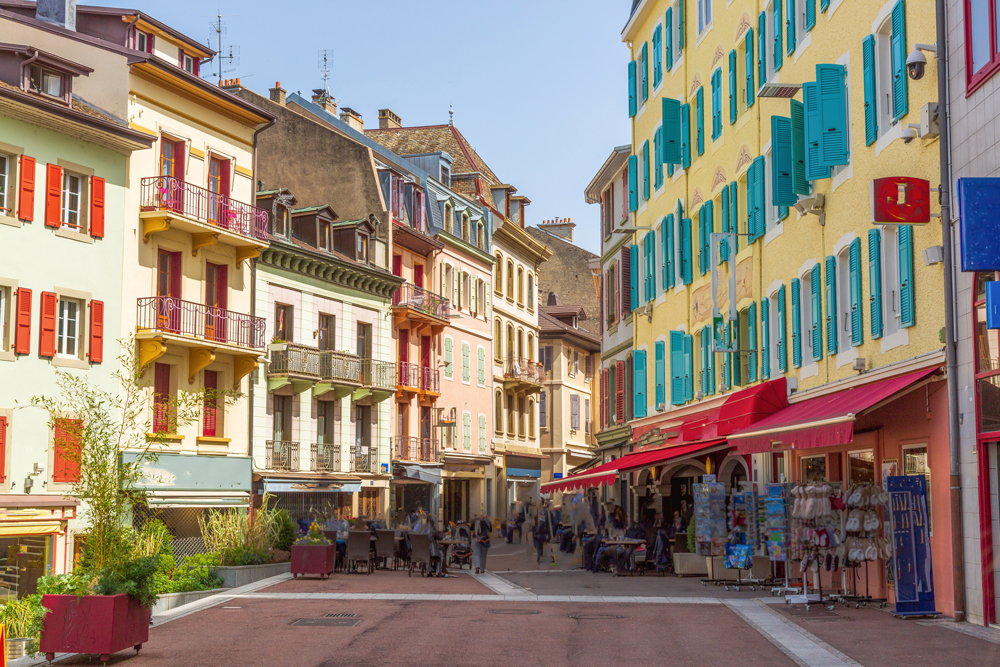
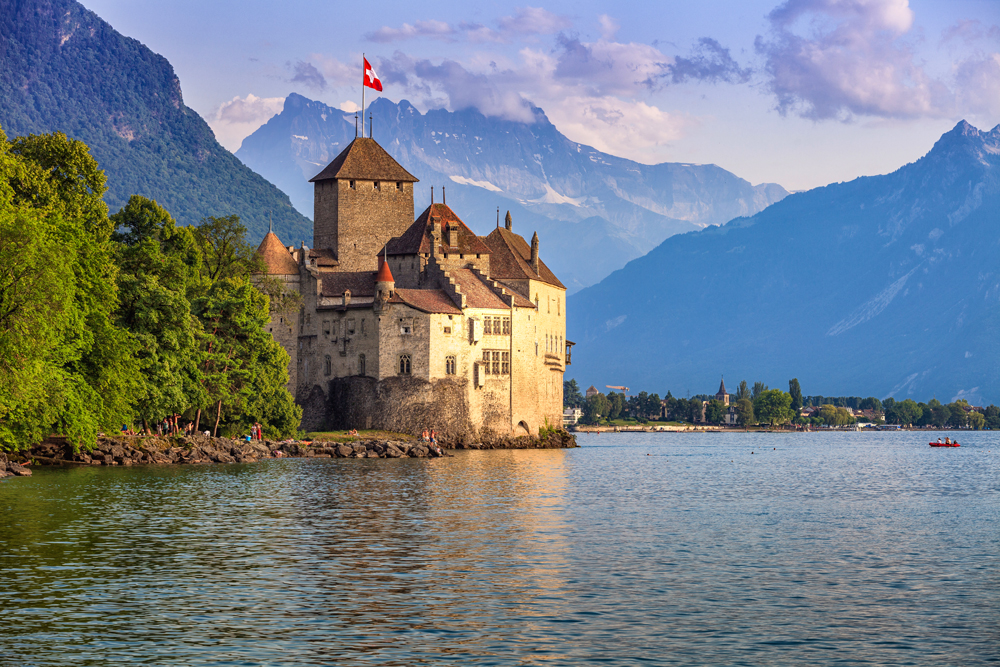
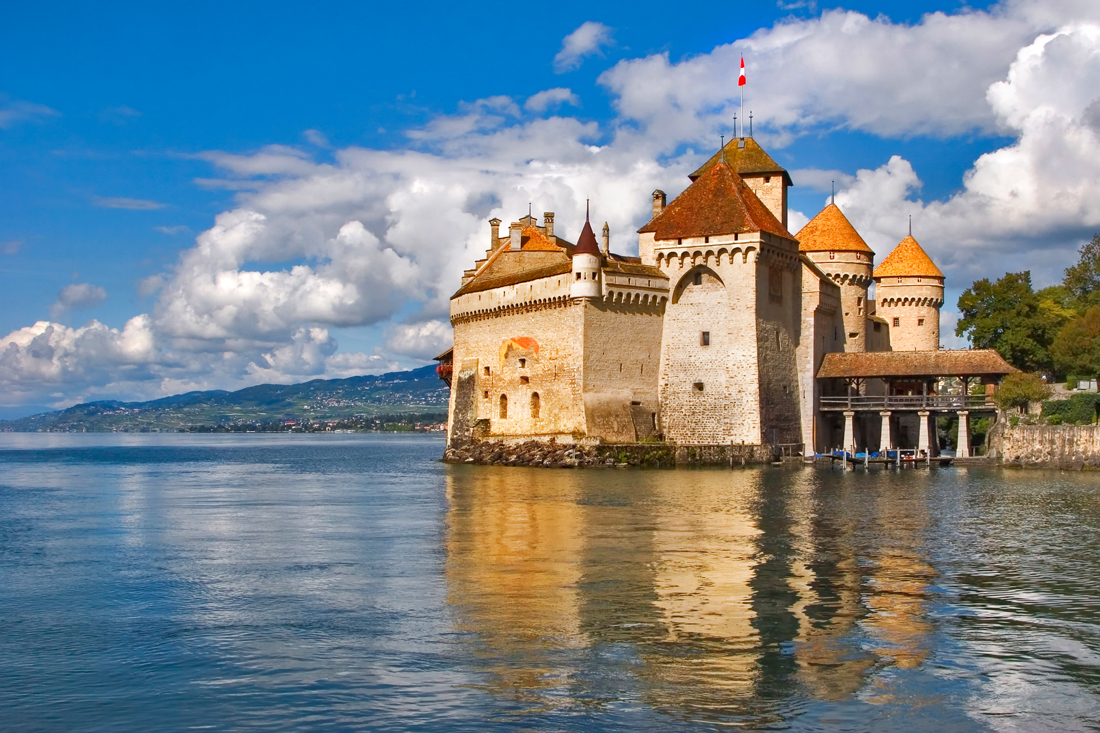

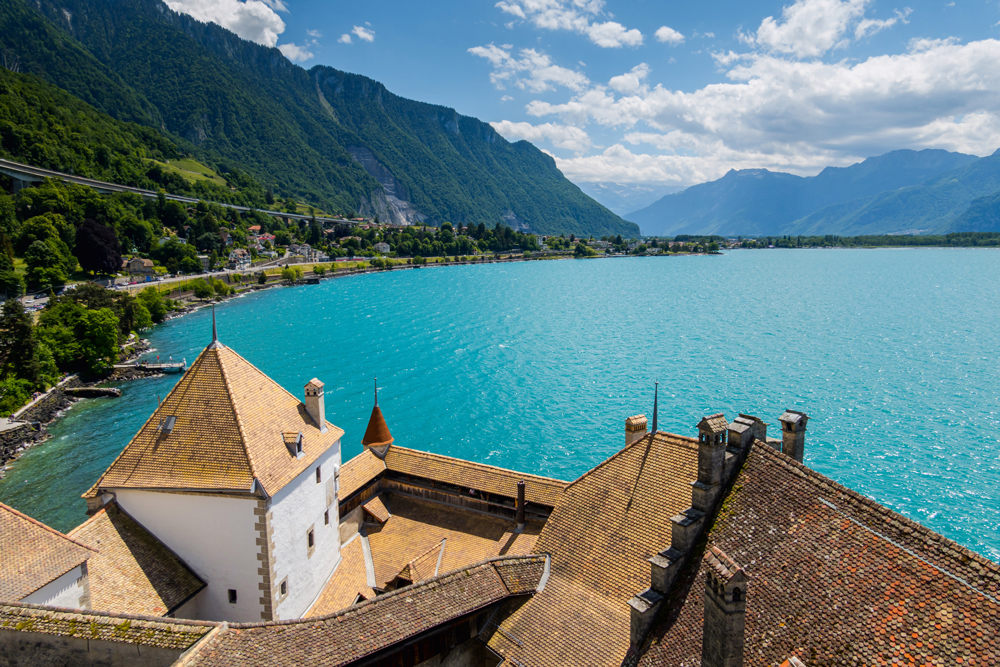
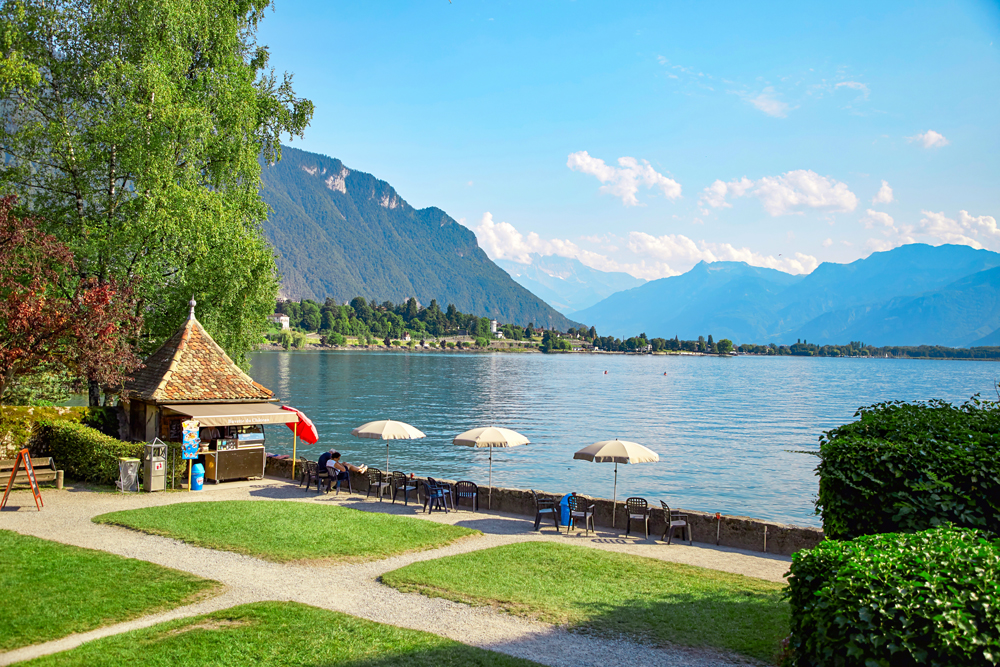
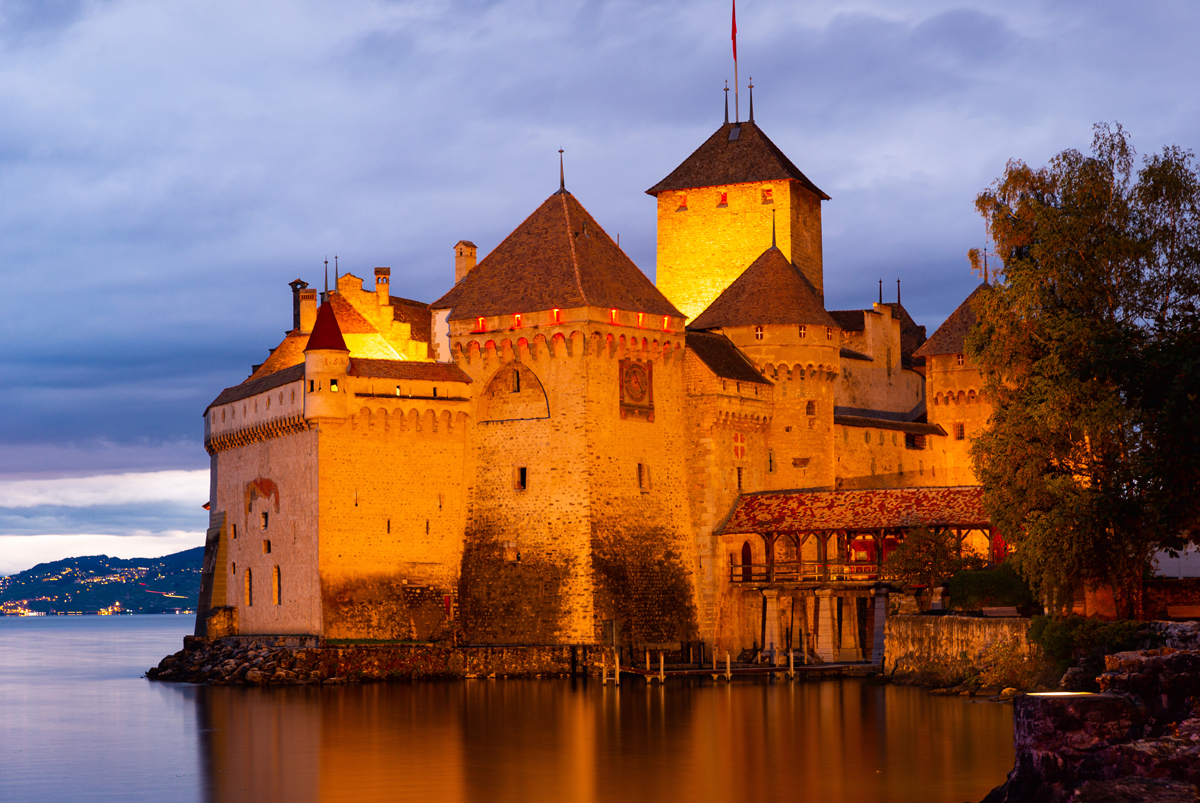
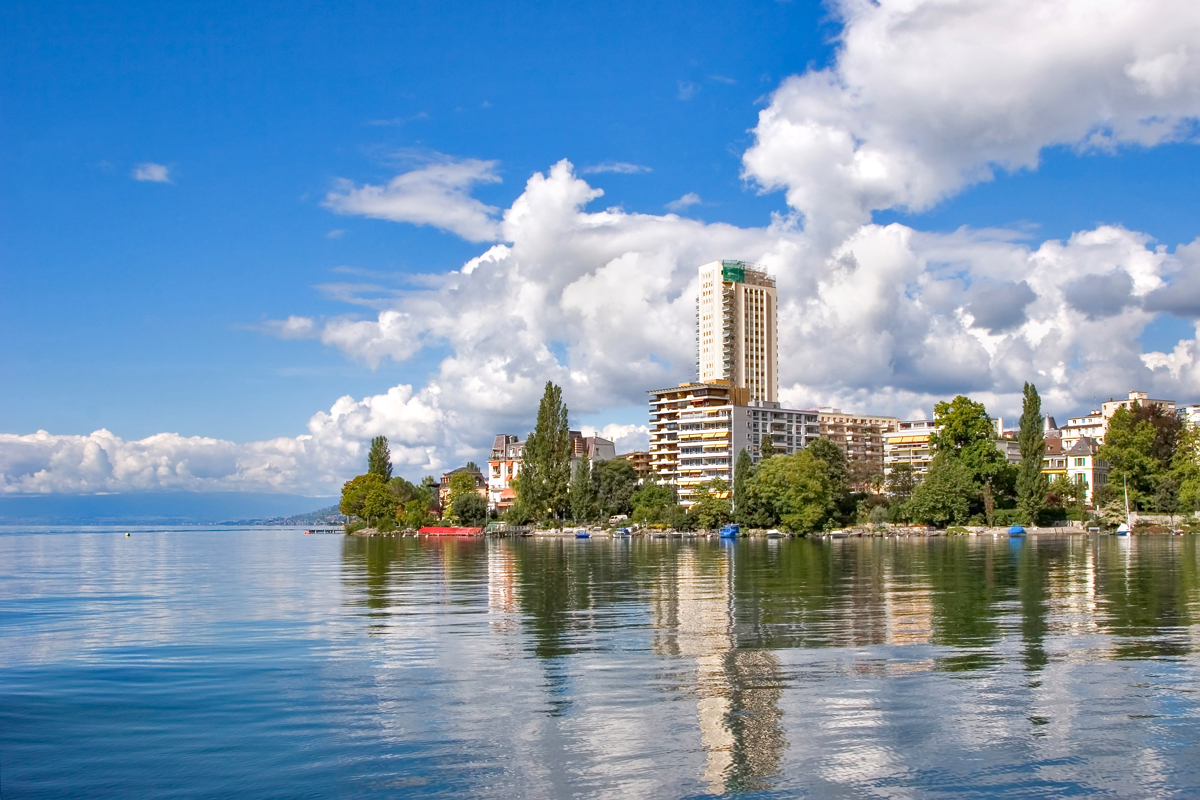
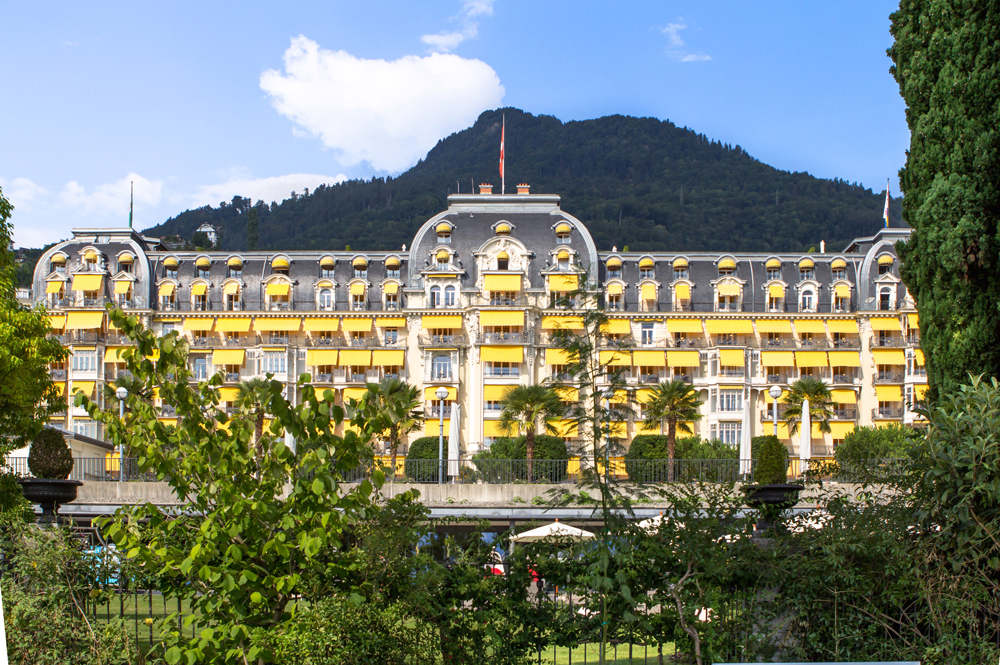
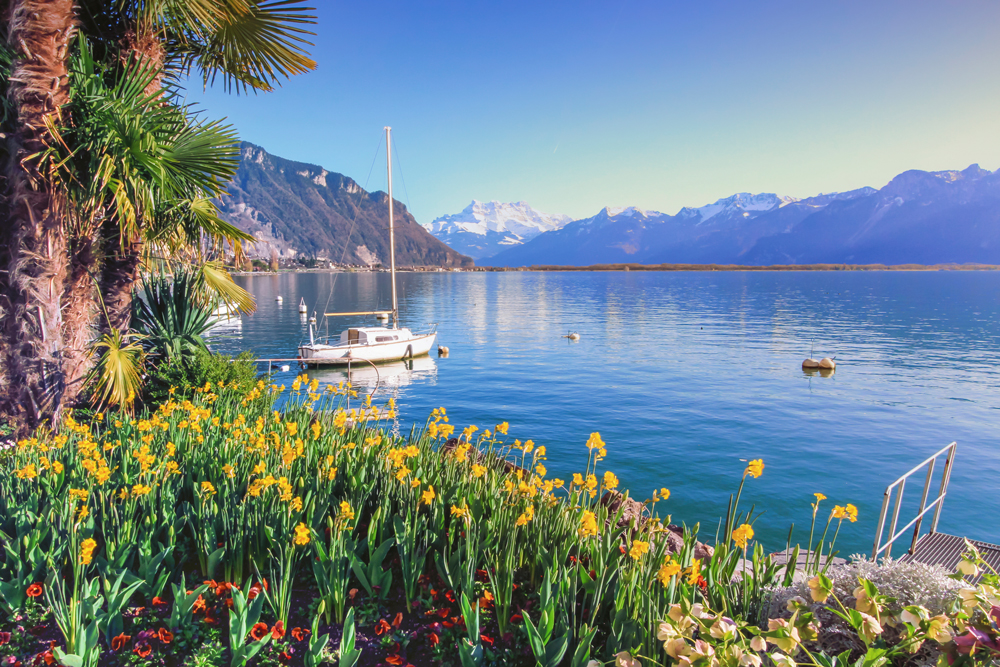
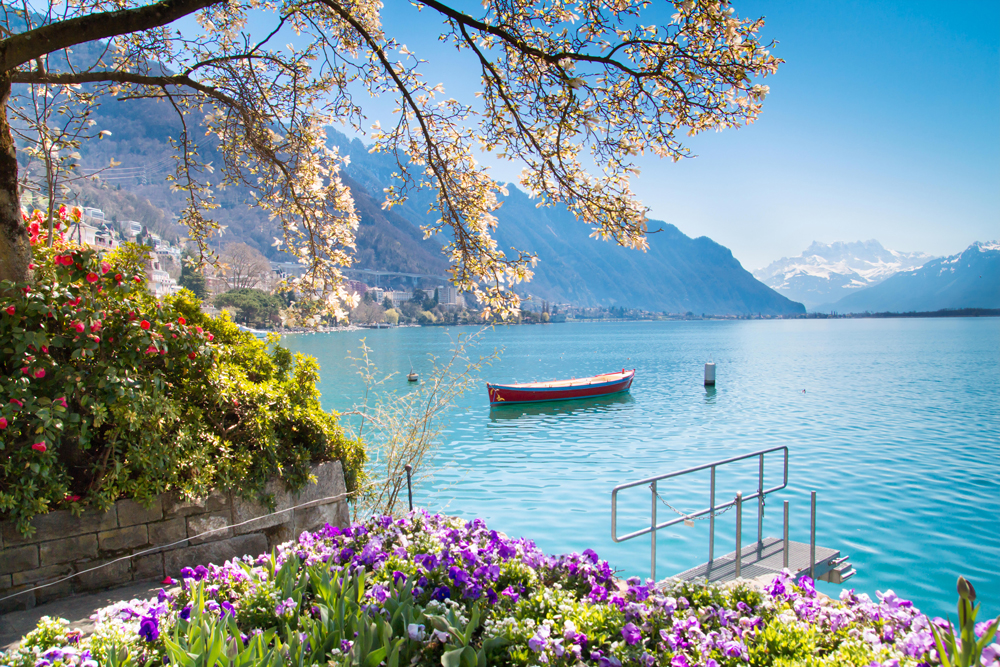
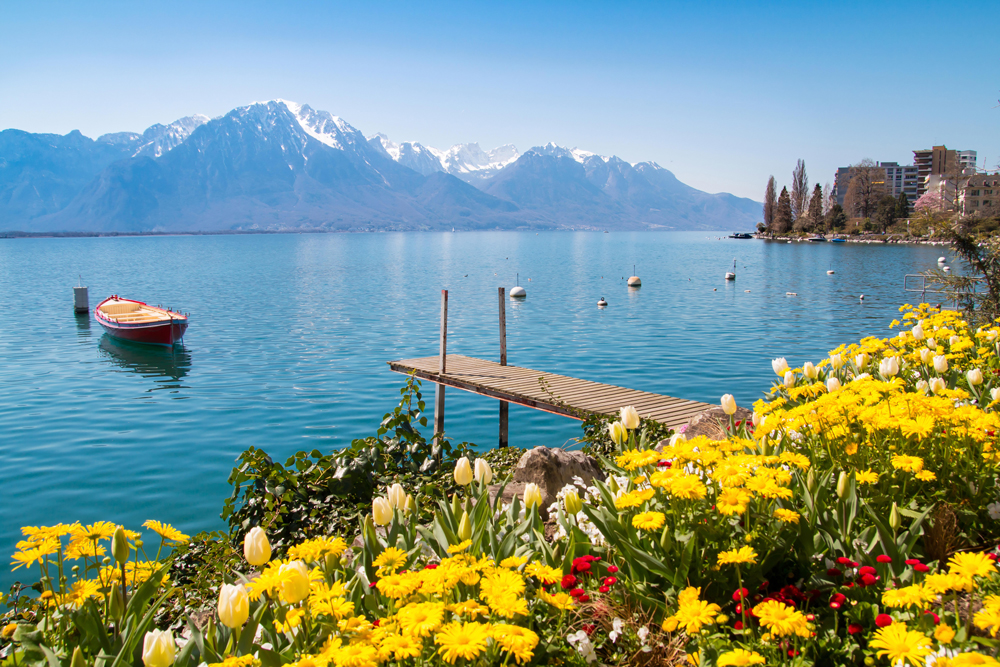
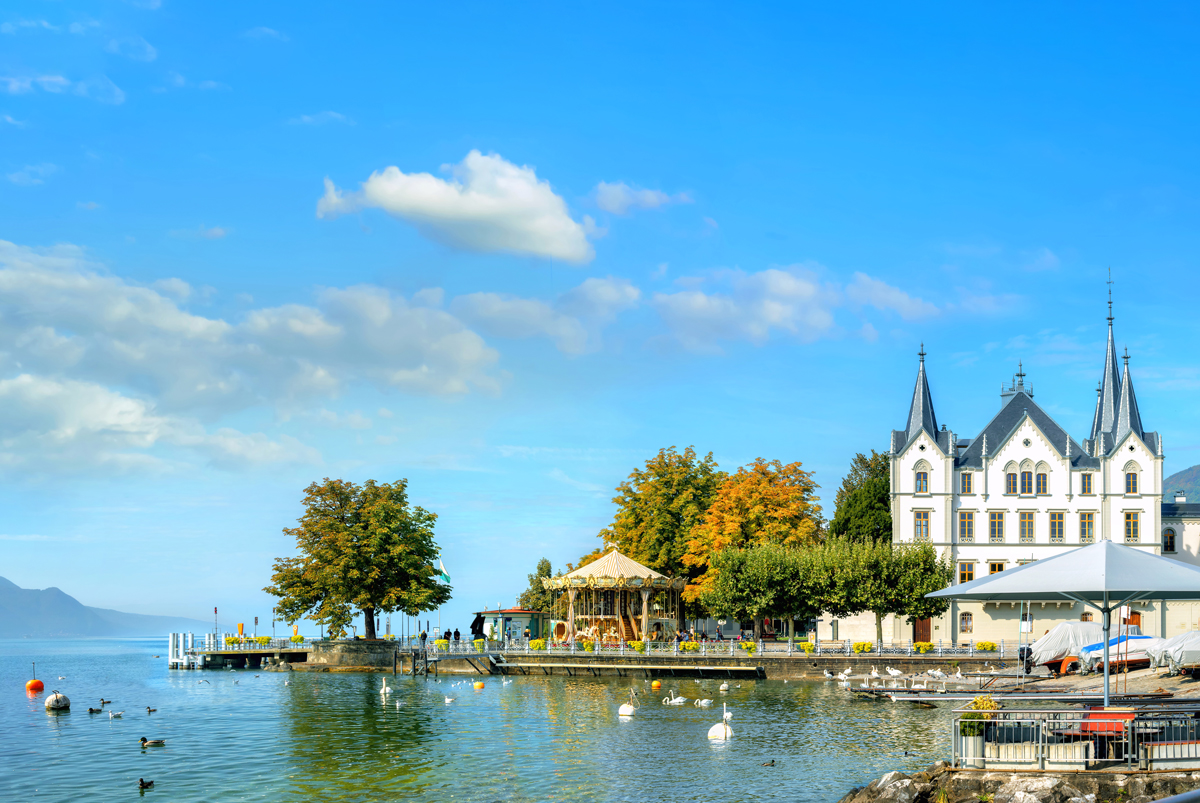
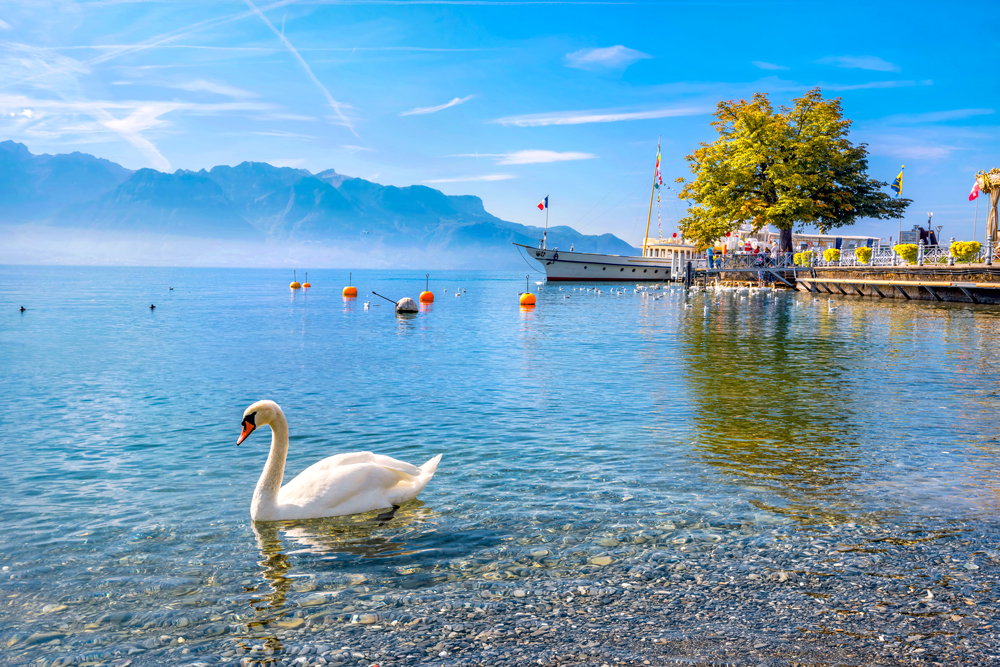
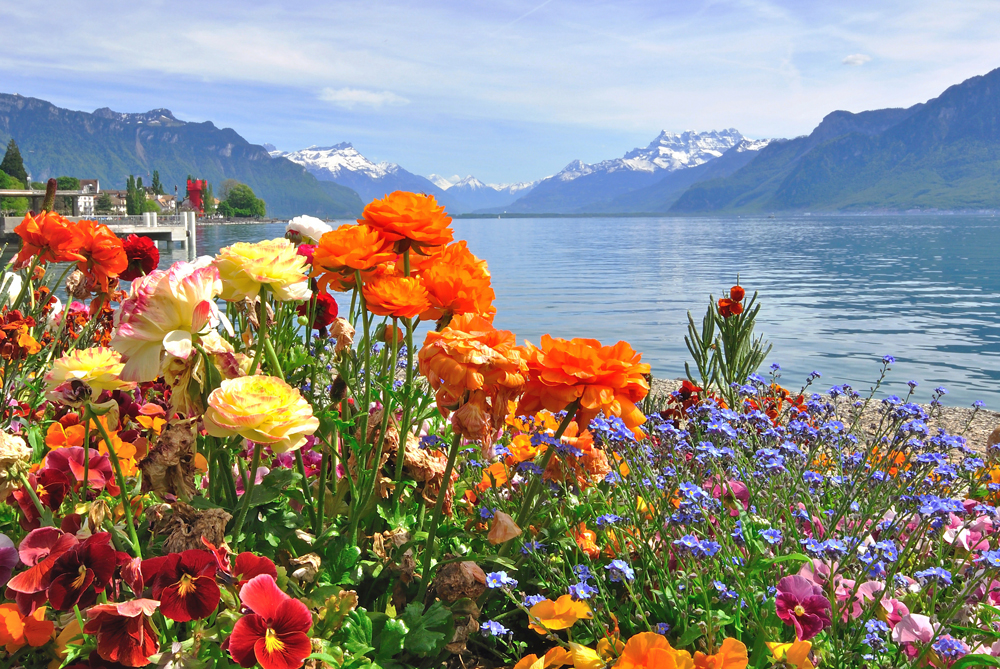
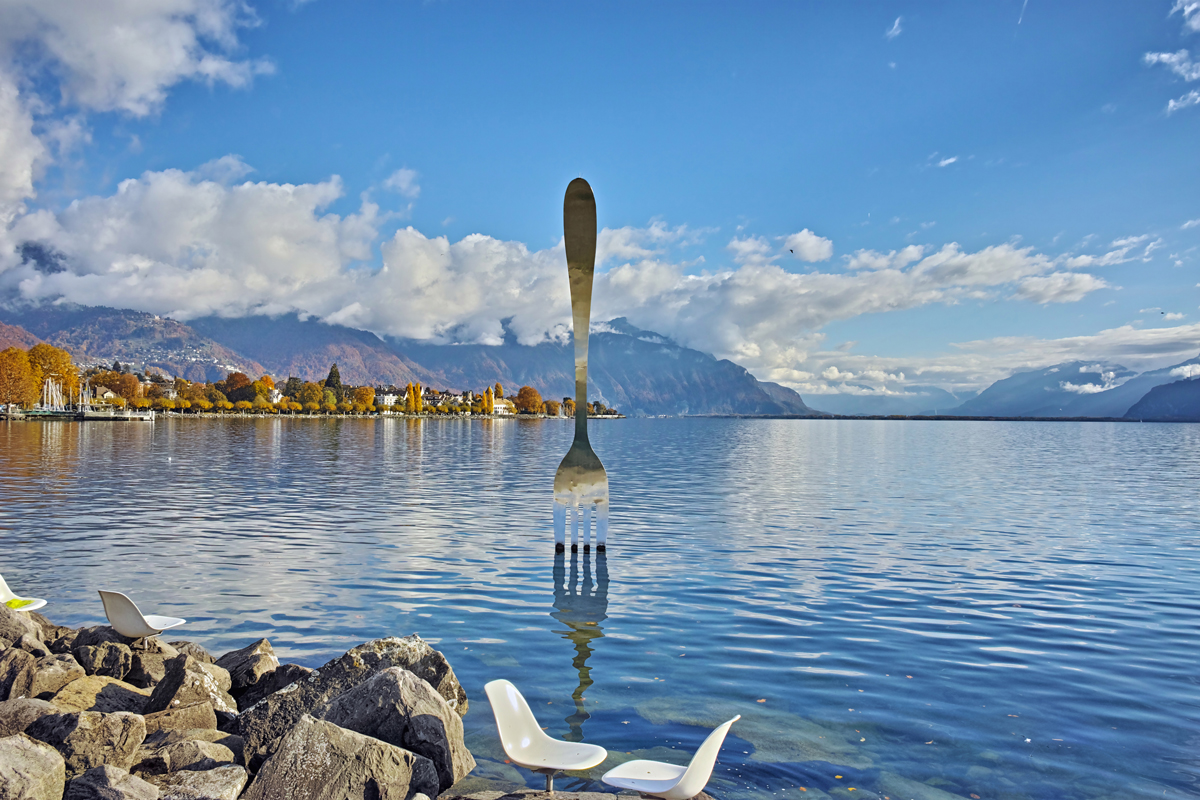
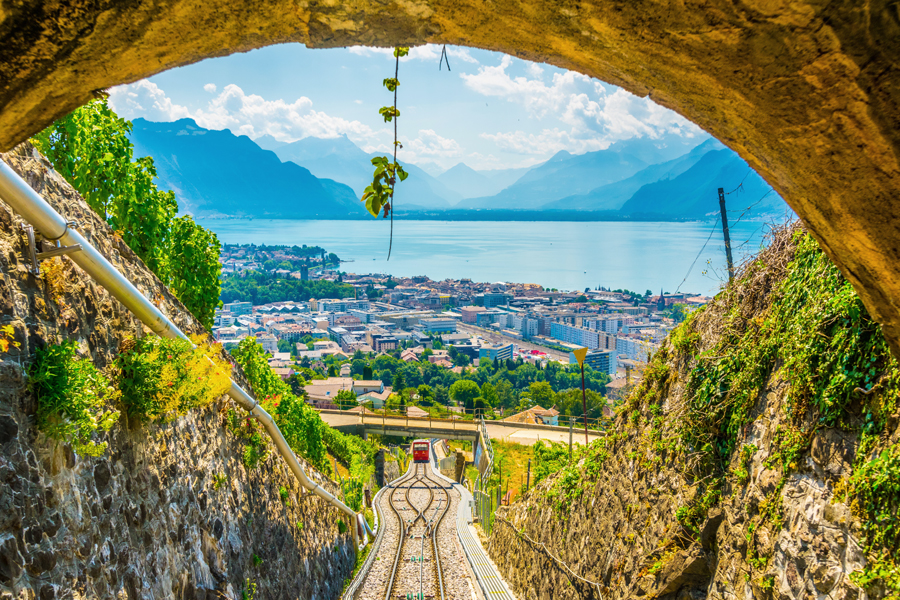
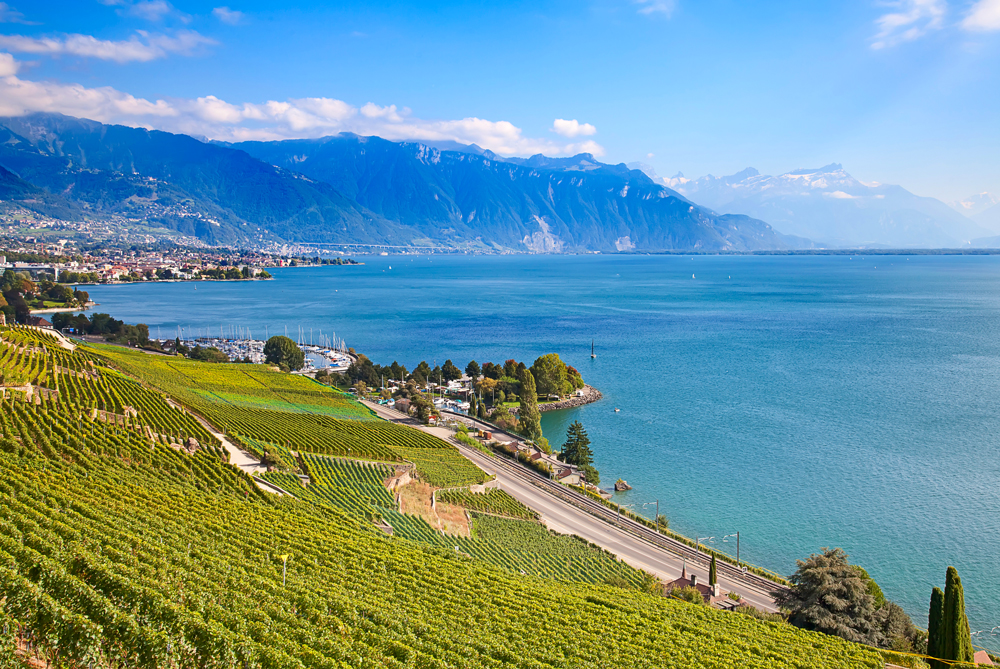
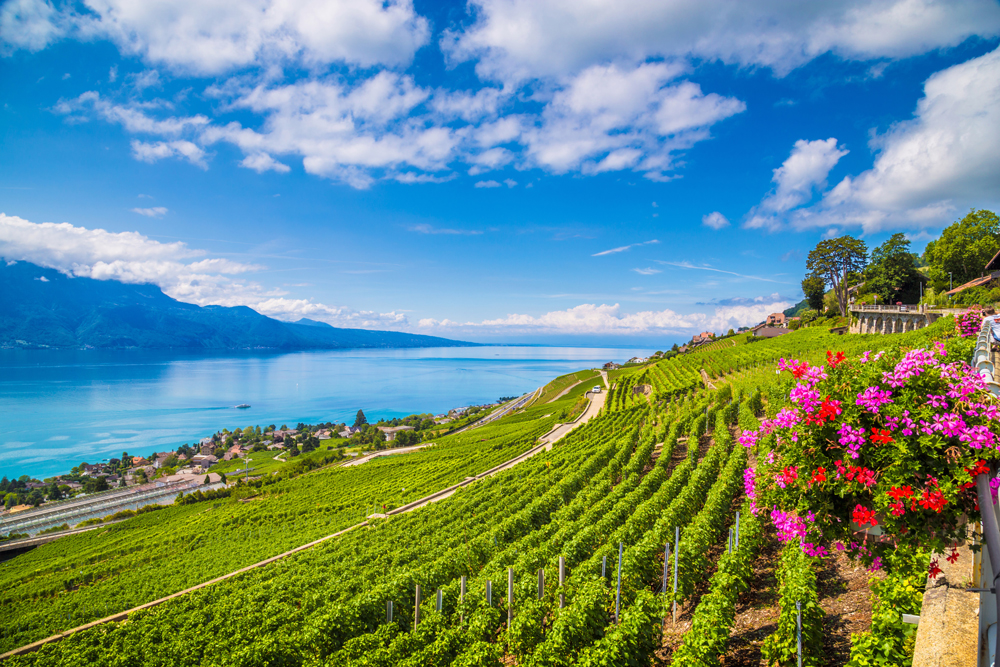
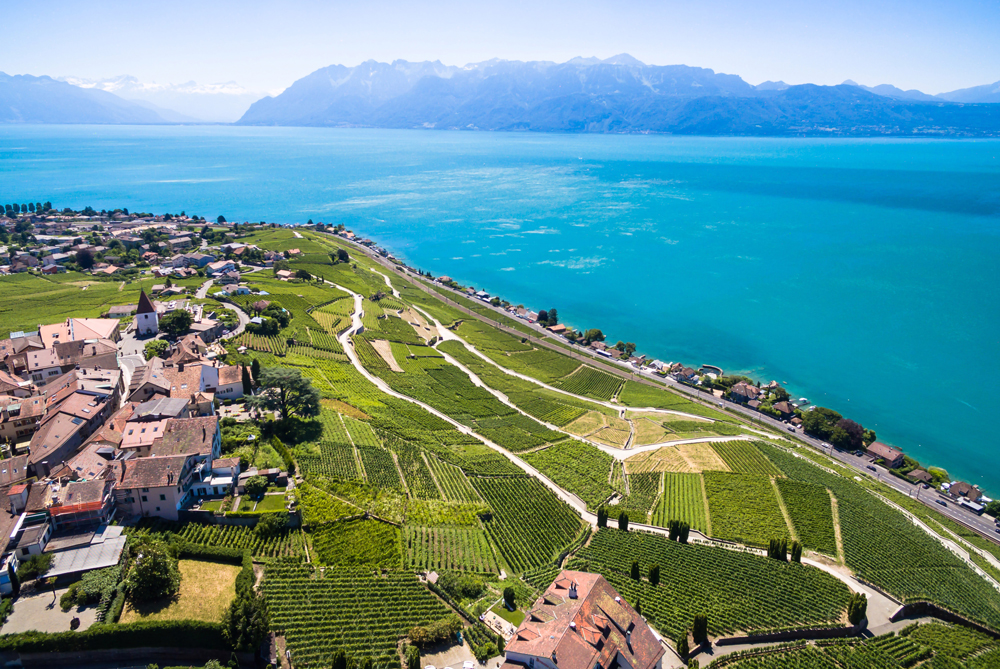

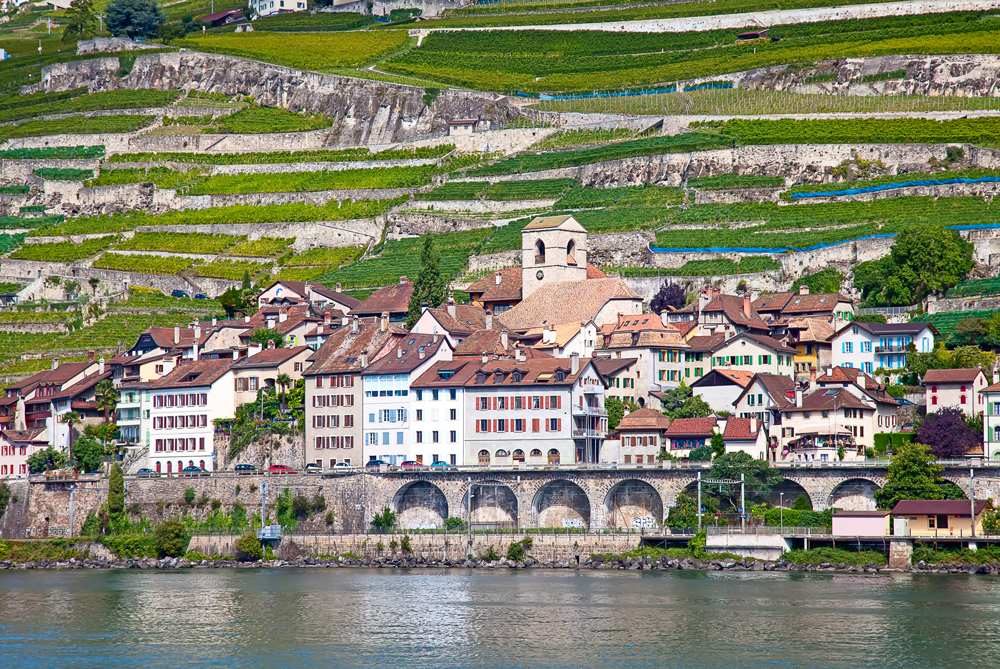
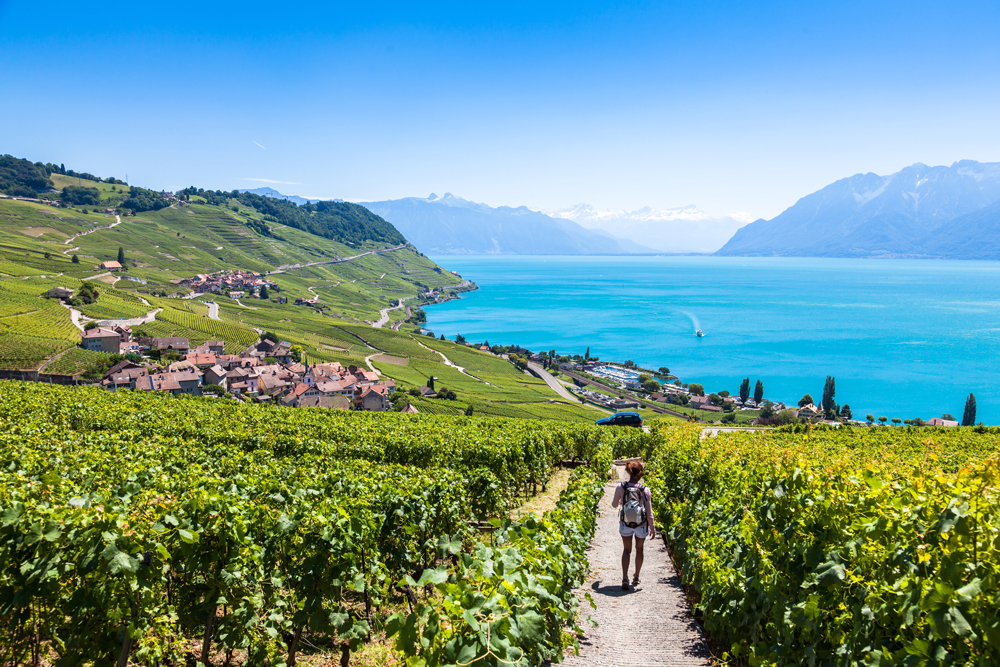

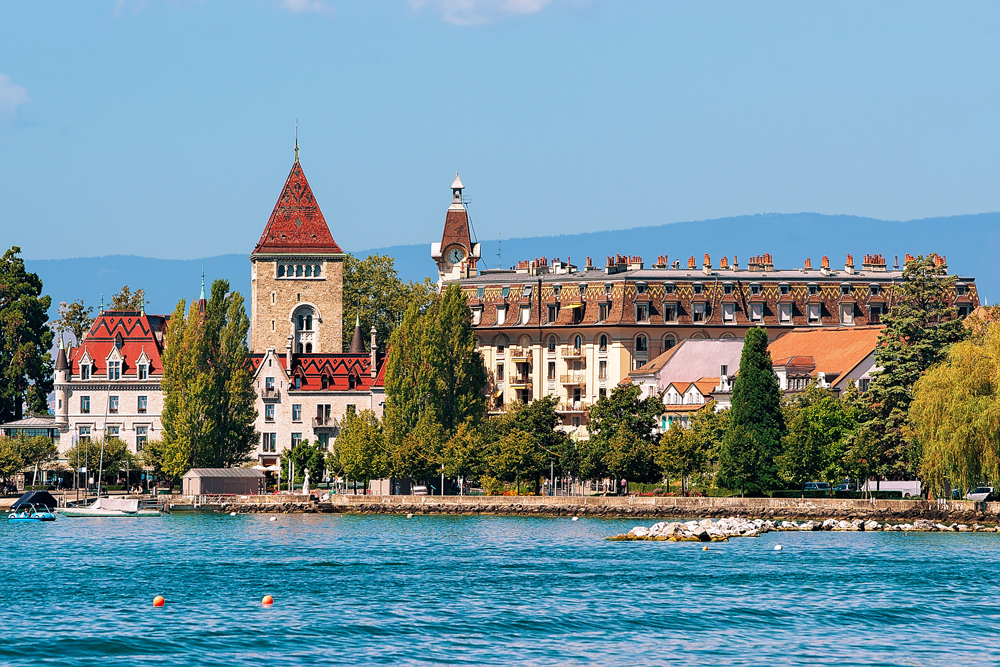


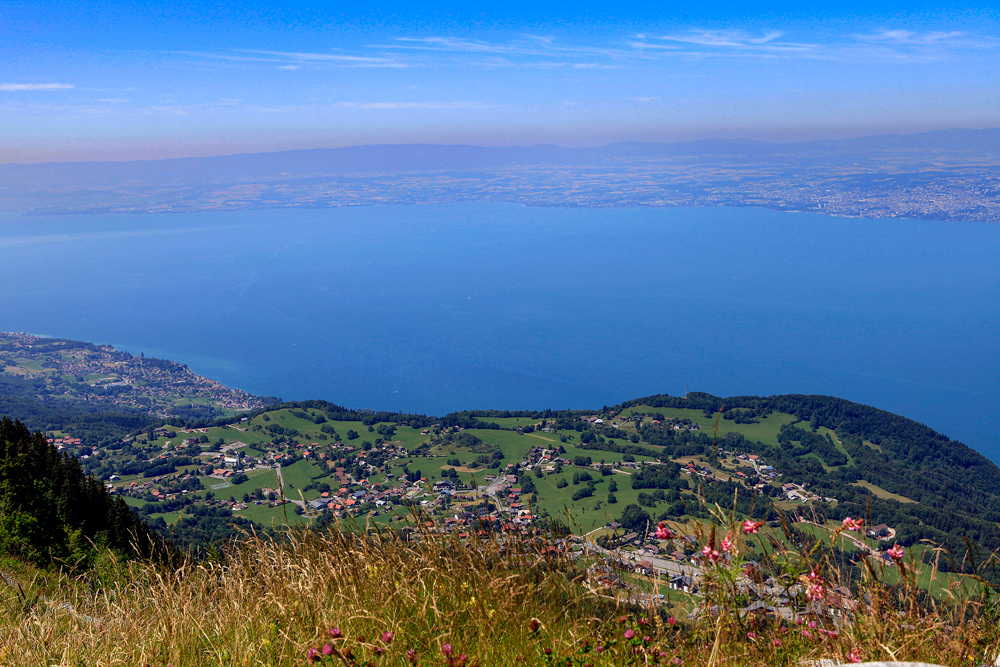
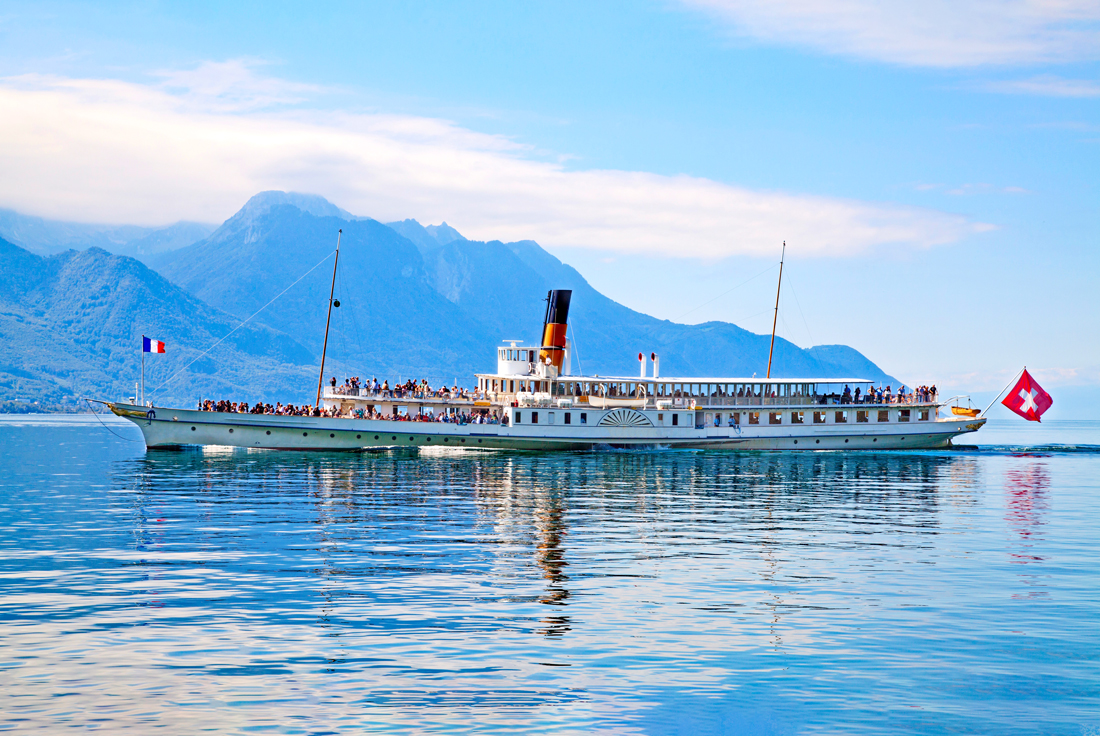


This article is great! The lake is beautifully manicured, charming, inviting, and comfortable to explore. In 1972, I took my trusty 10-speed Peugeot bike on my own tour of northwestern Europe, which included a breathtakingly scenic ride around the lake! (That followed a 3-week summer course at the University of Geneva about CERN and international institutions.) This entire area is very international and sophisticated in a welcoming and unassuming way. And Lake Geneva, with its inspiring fountain, is a beautiful metaphor for a unified Europe!
I loved this article. Thank you for bringing back wonderful memories!
Thank you, Bob. Glad to hear you enjoyed reading the article! 🙂